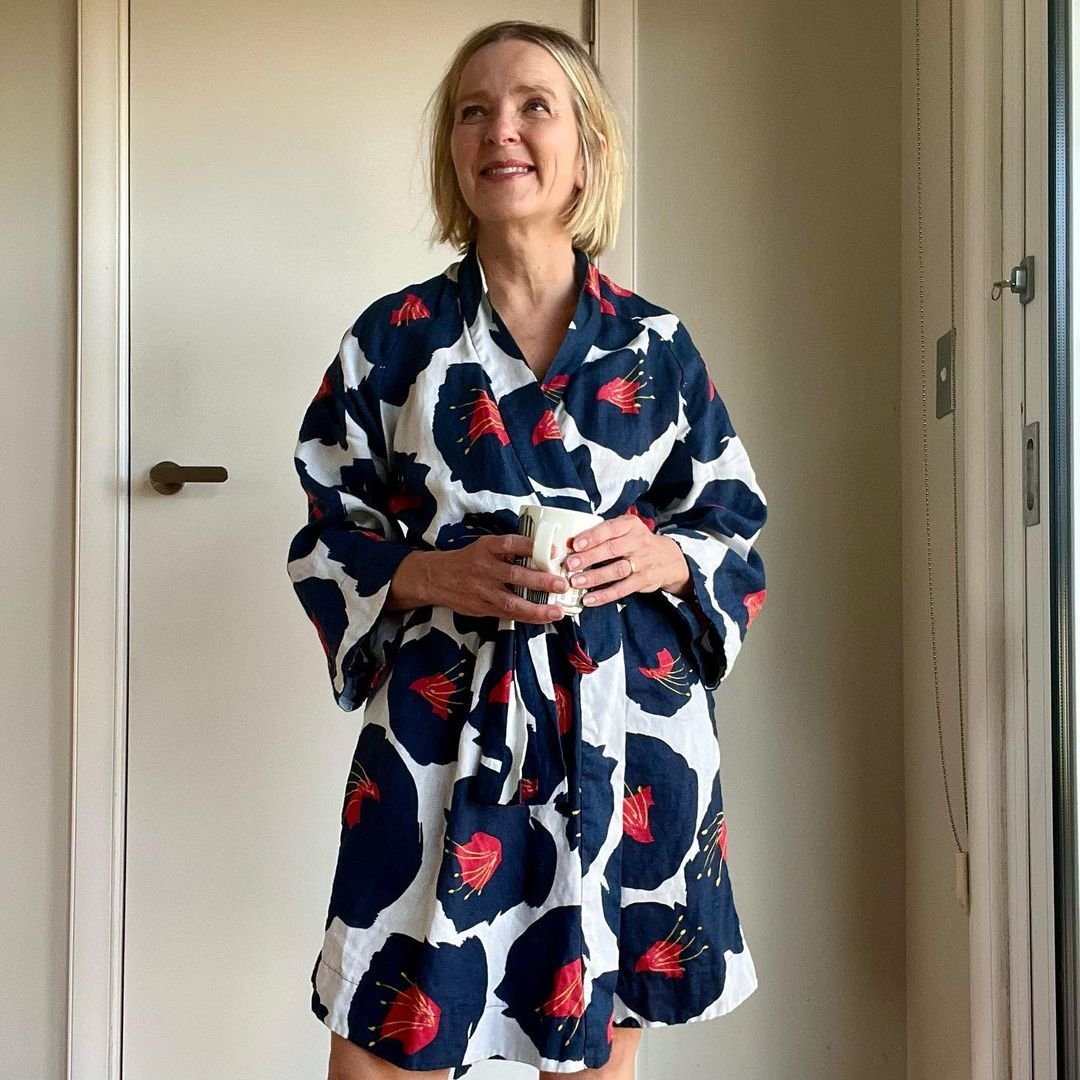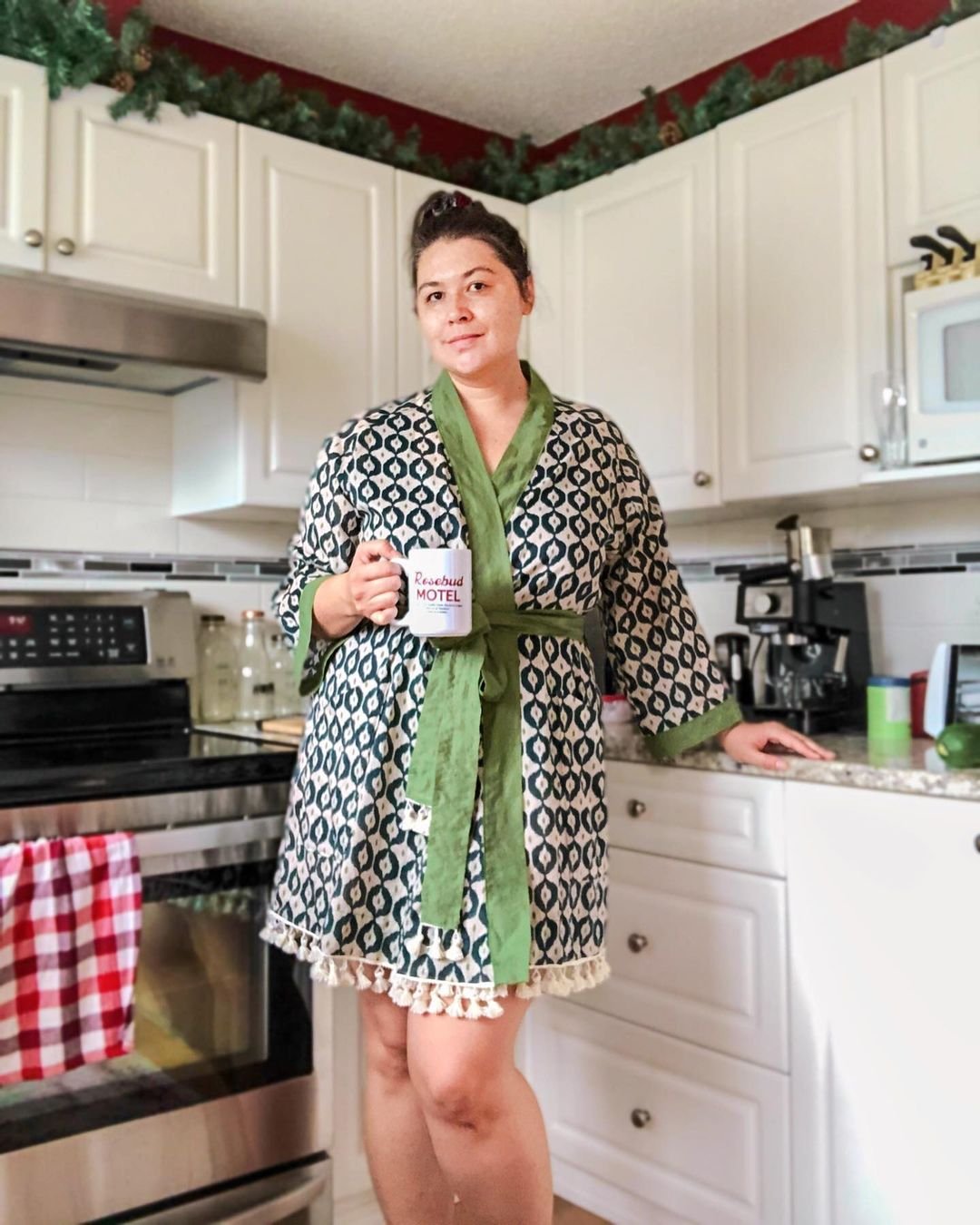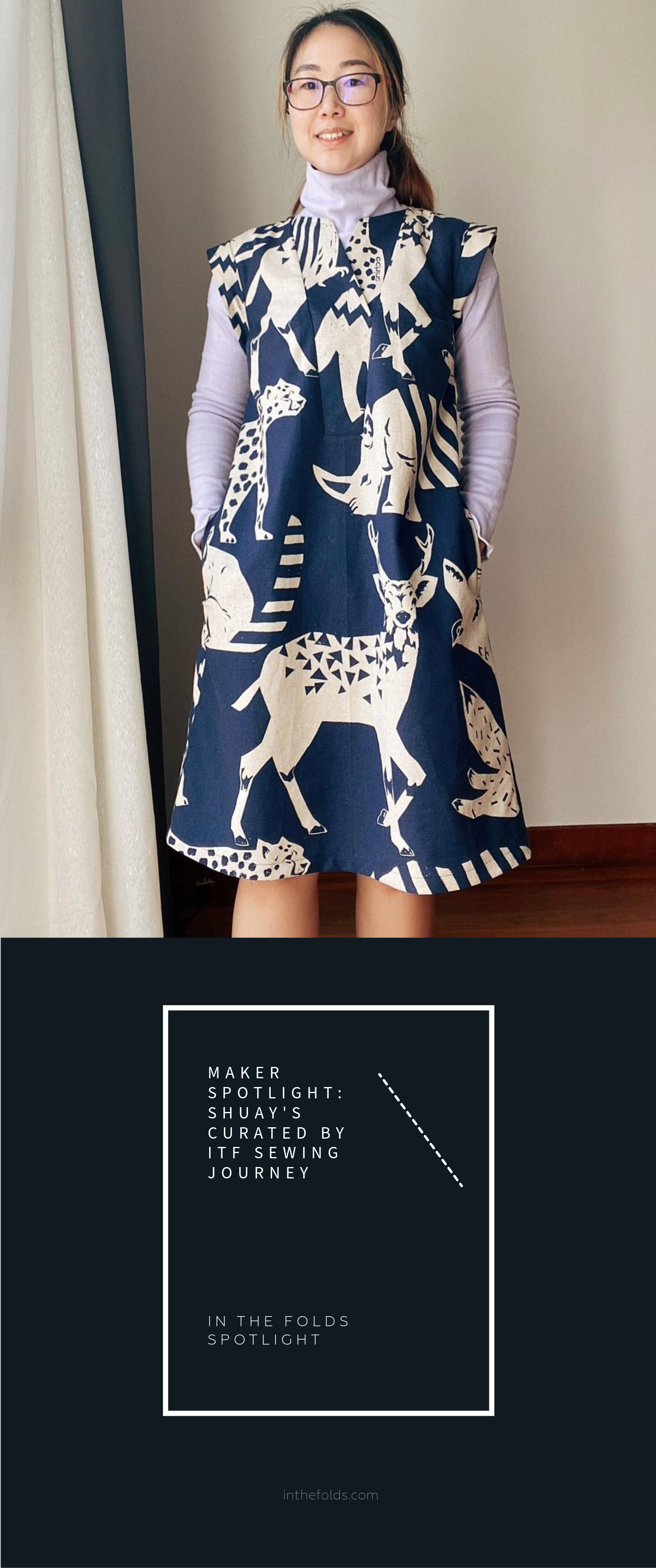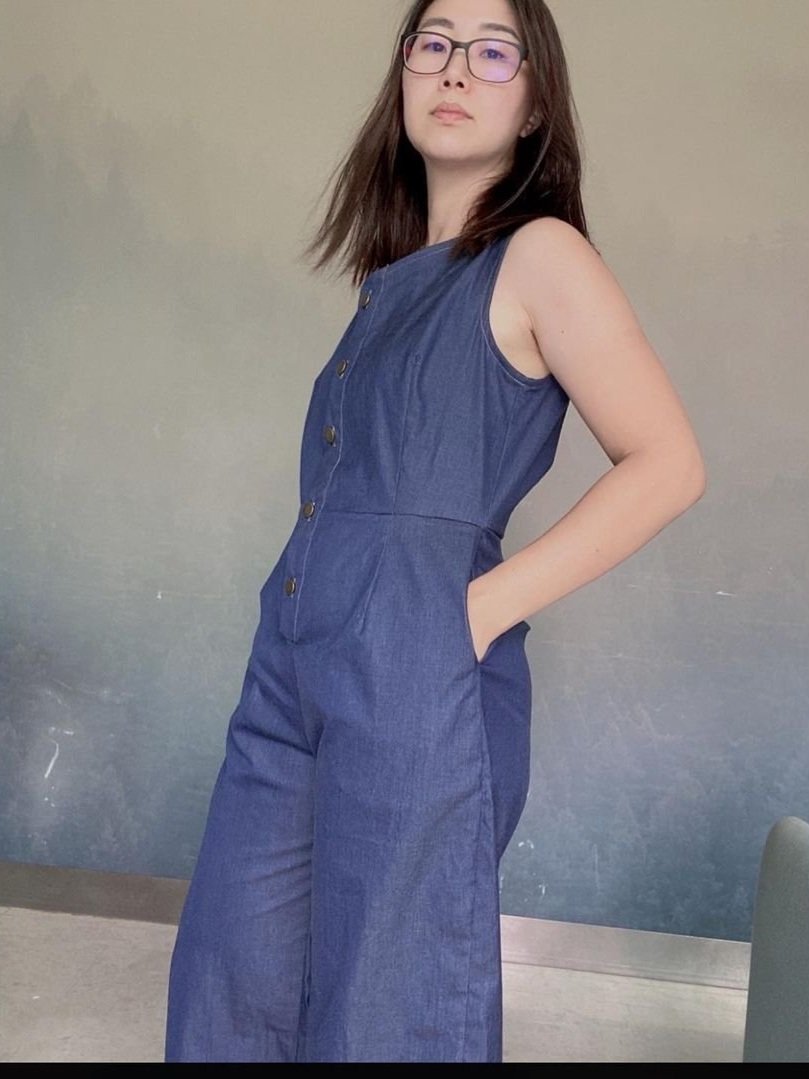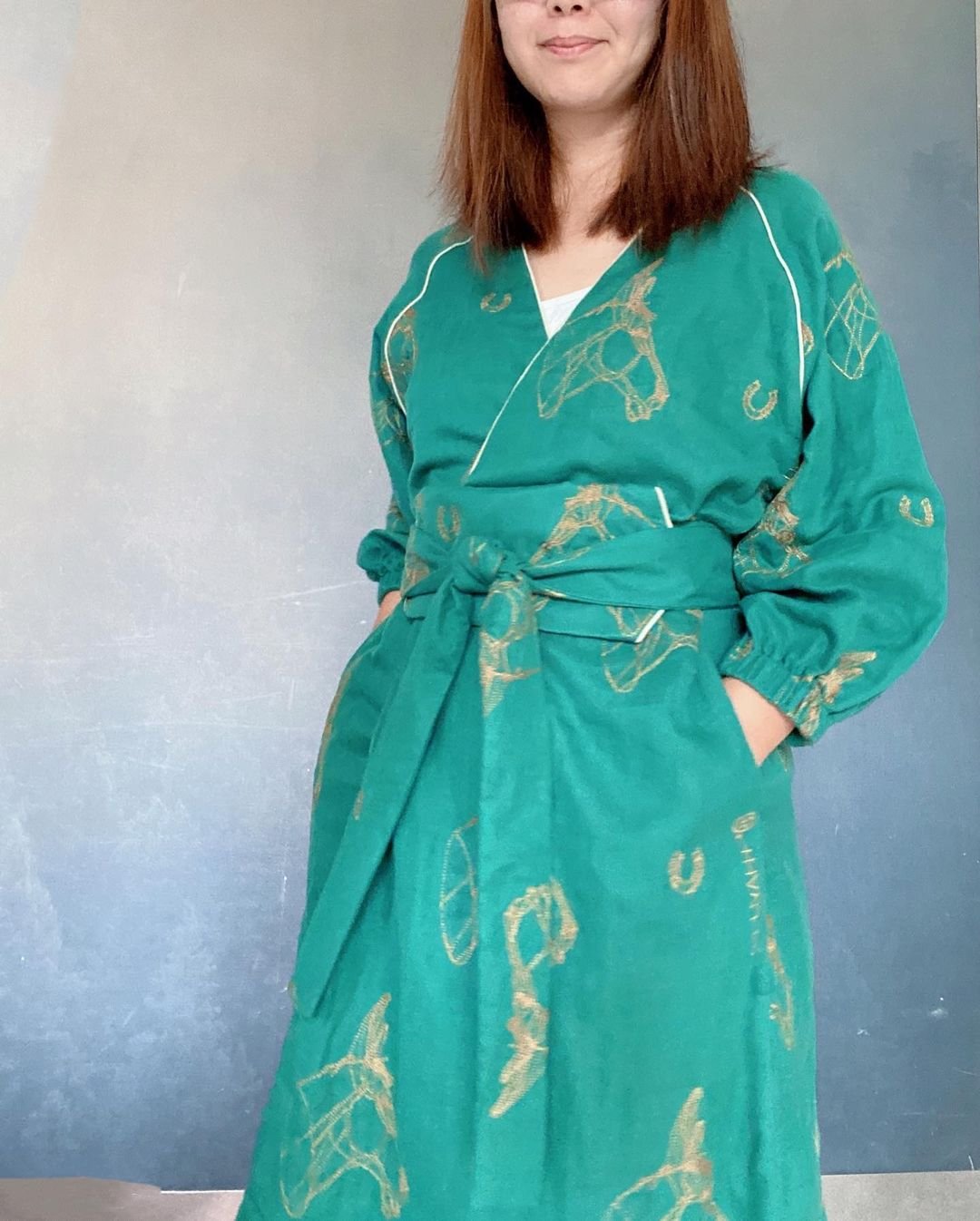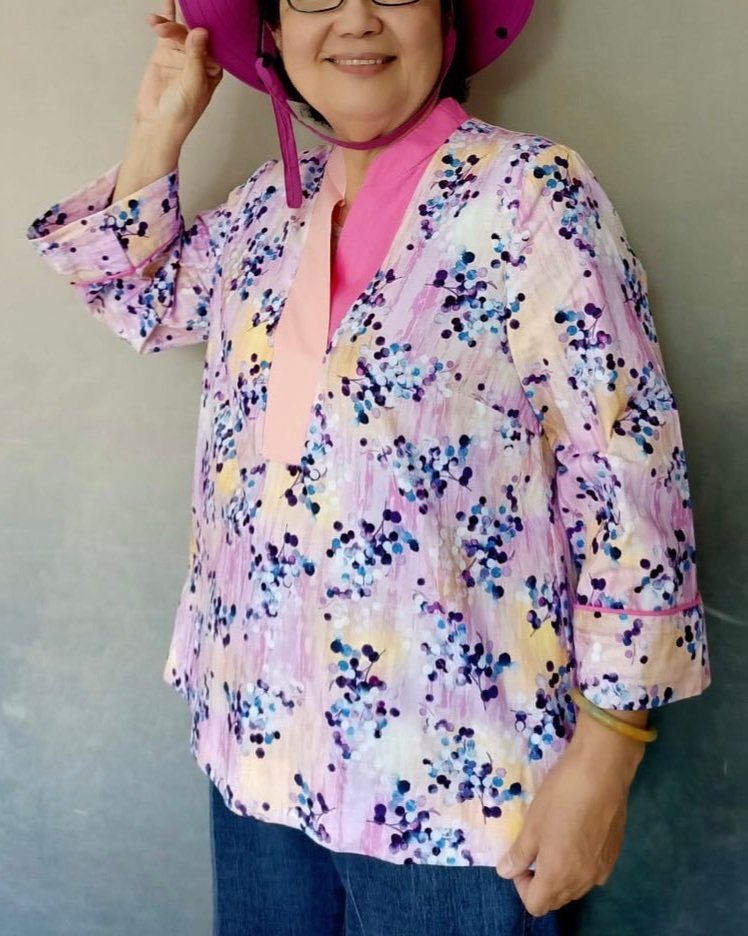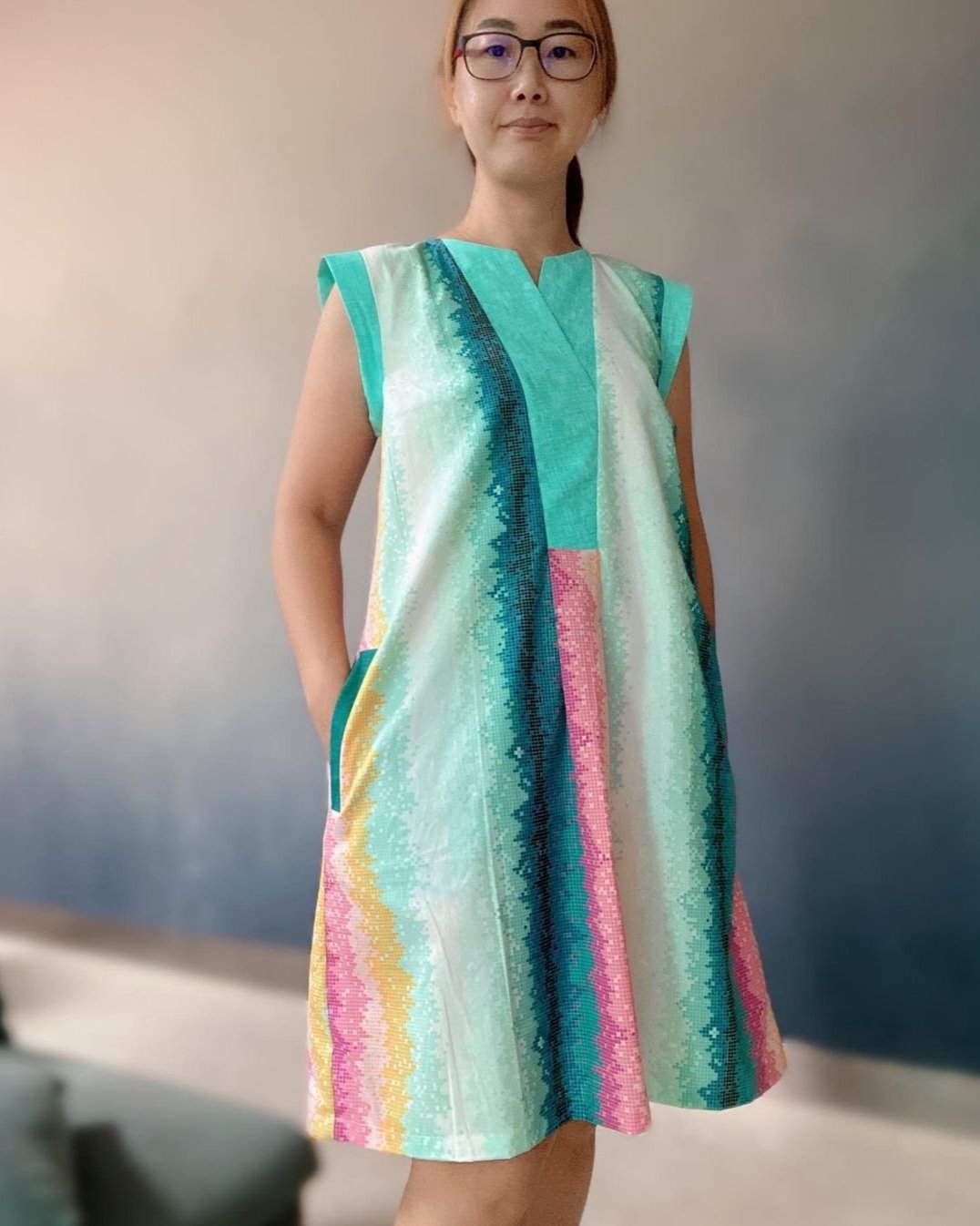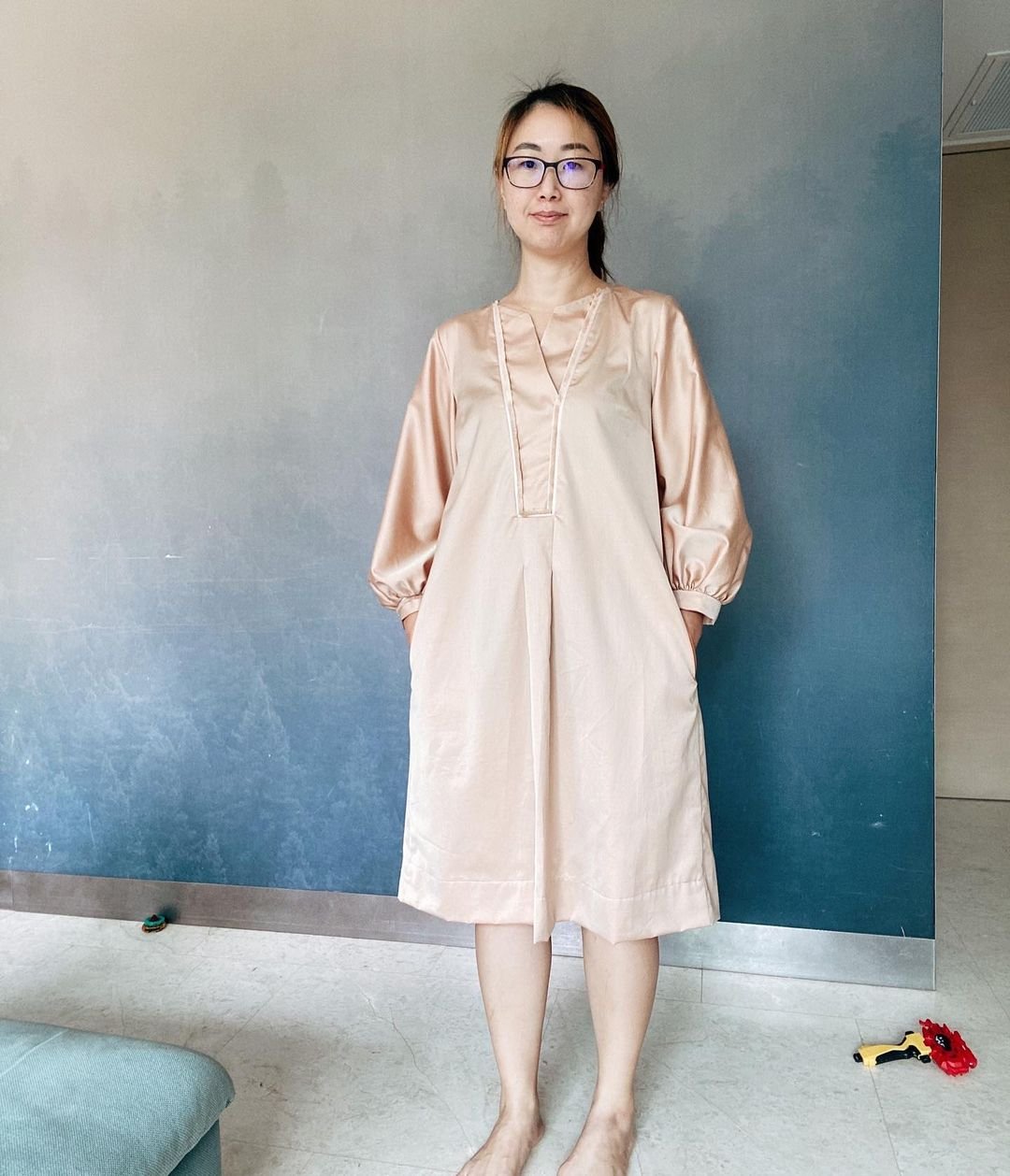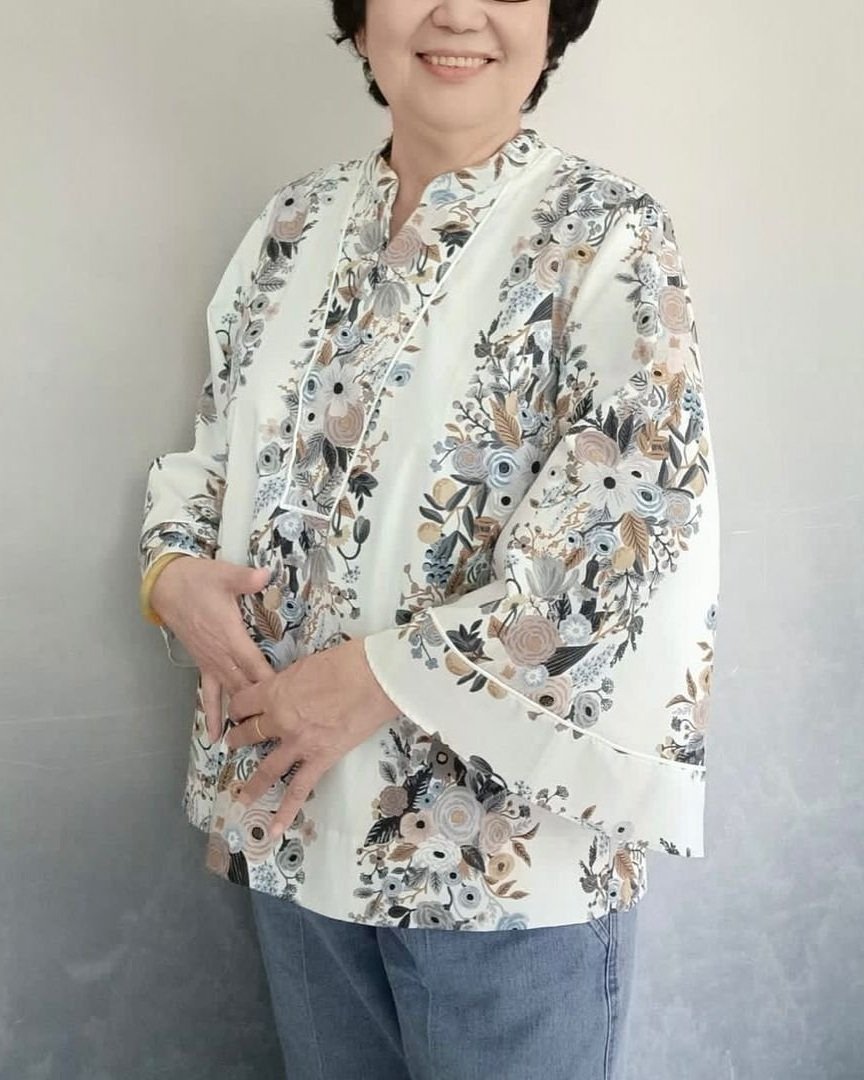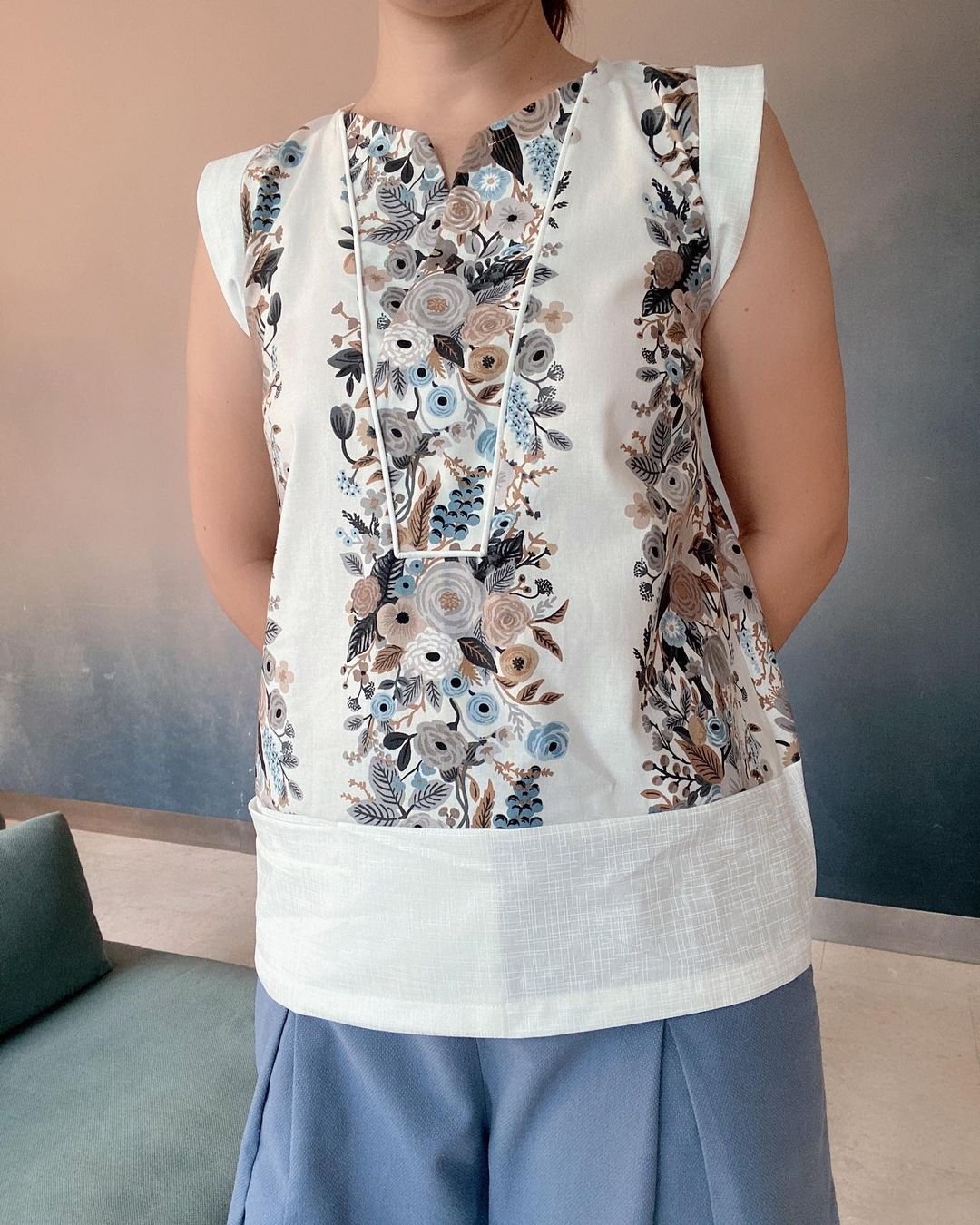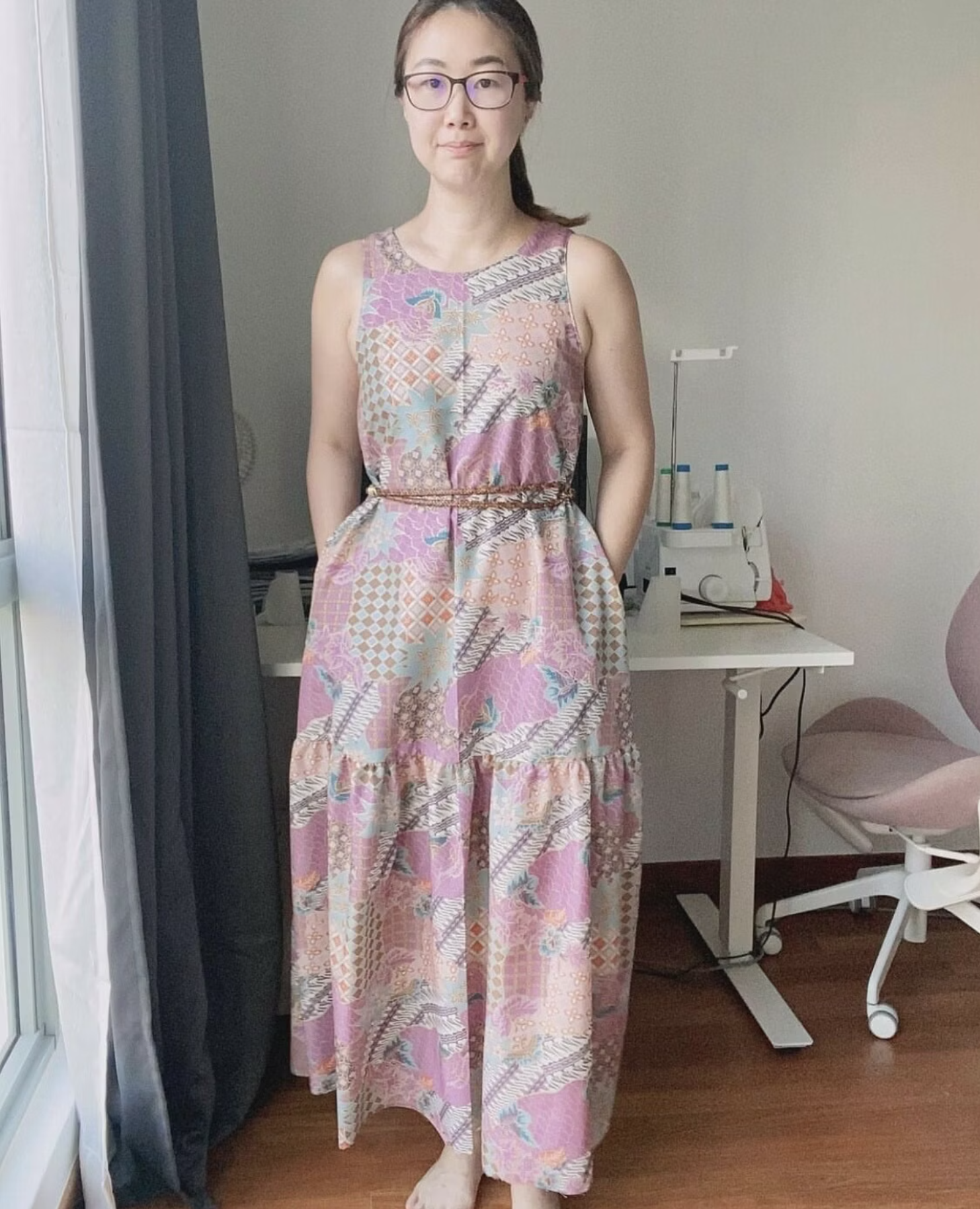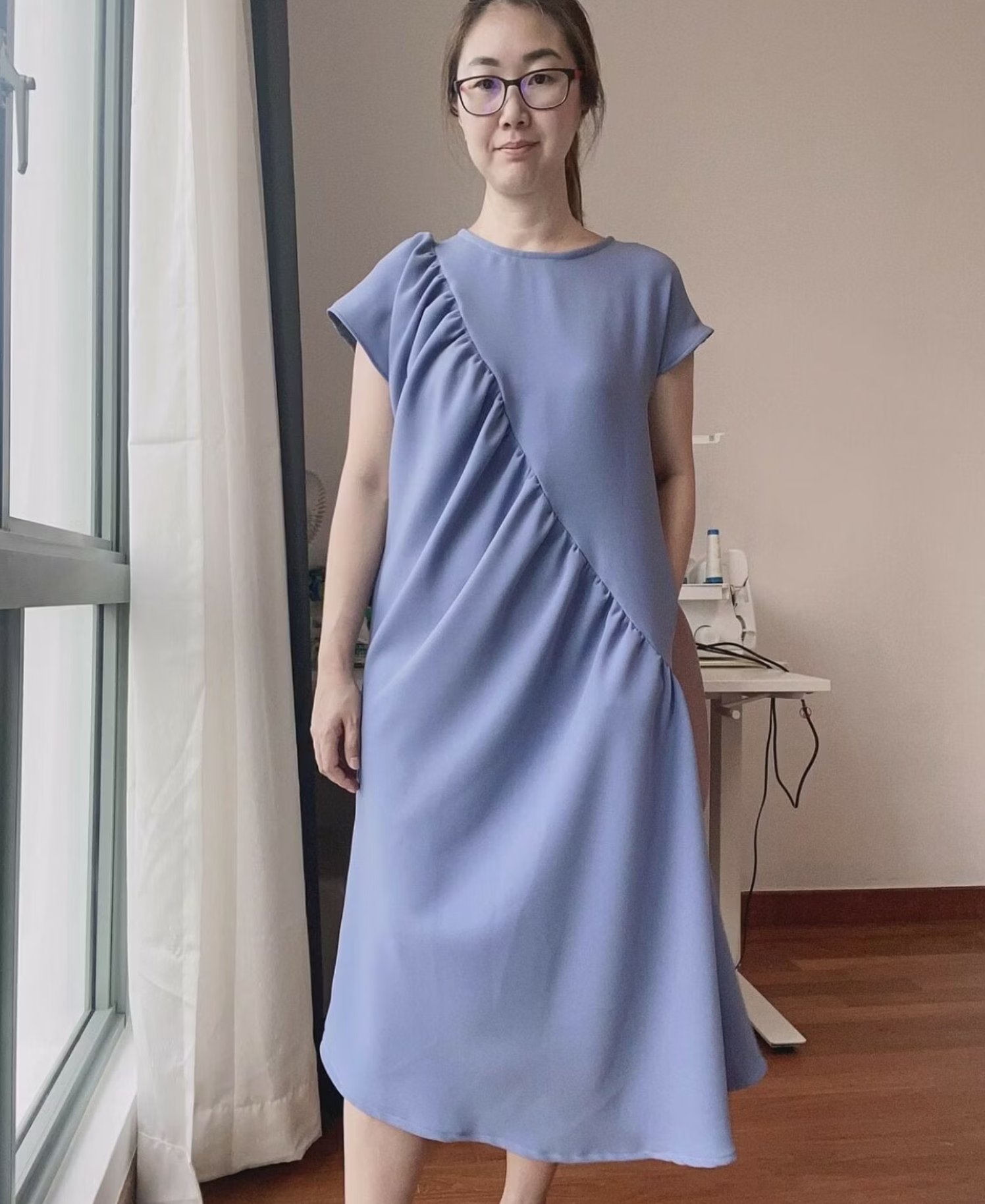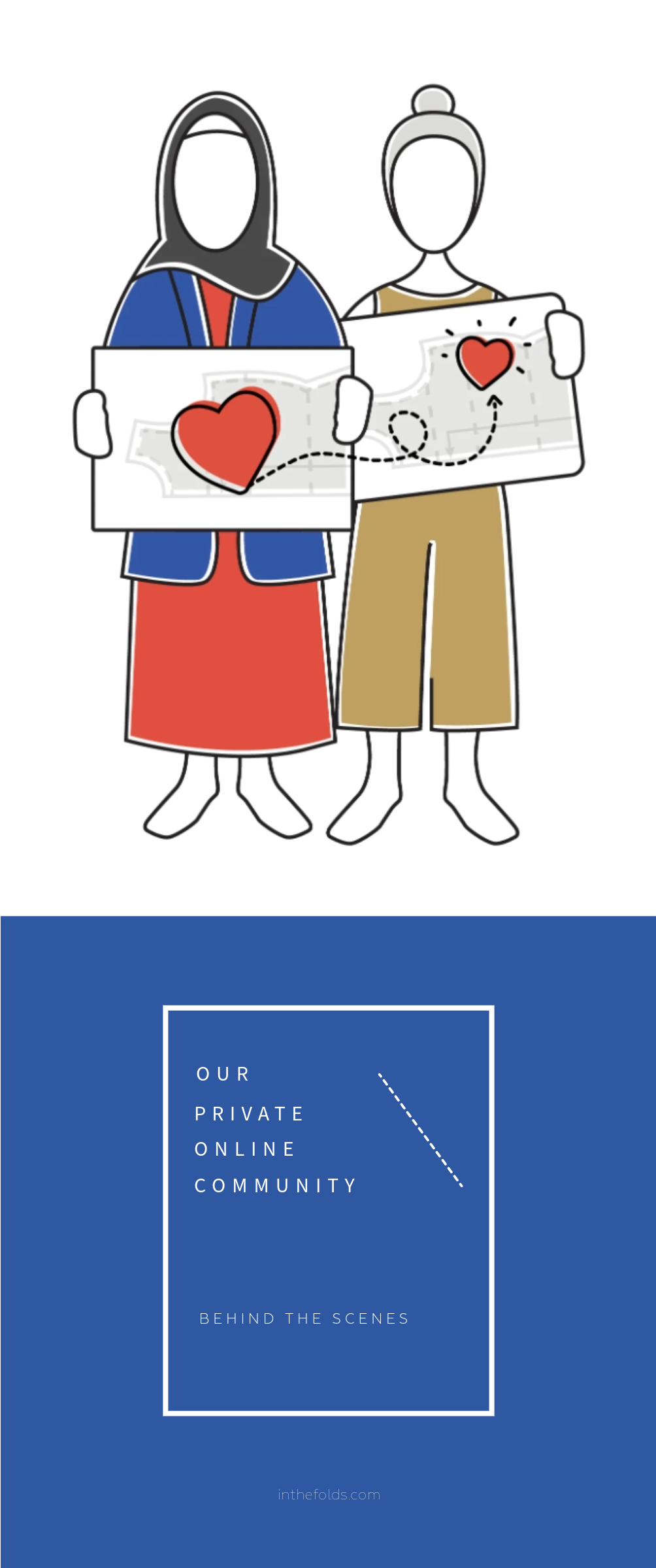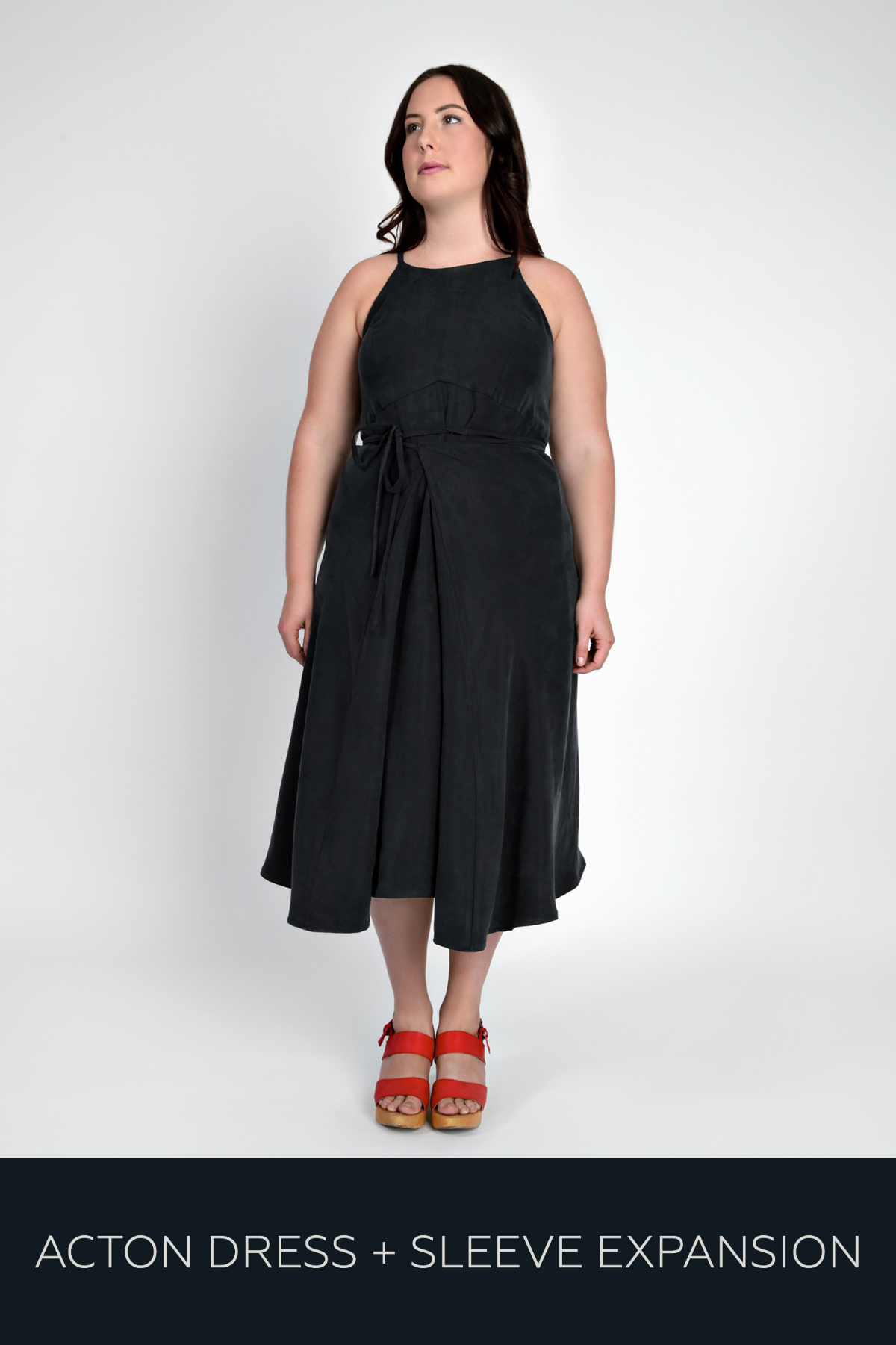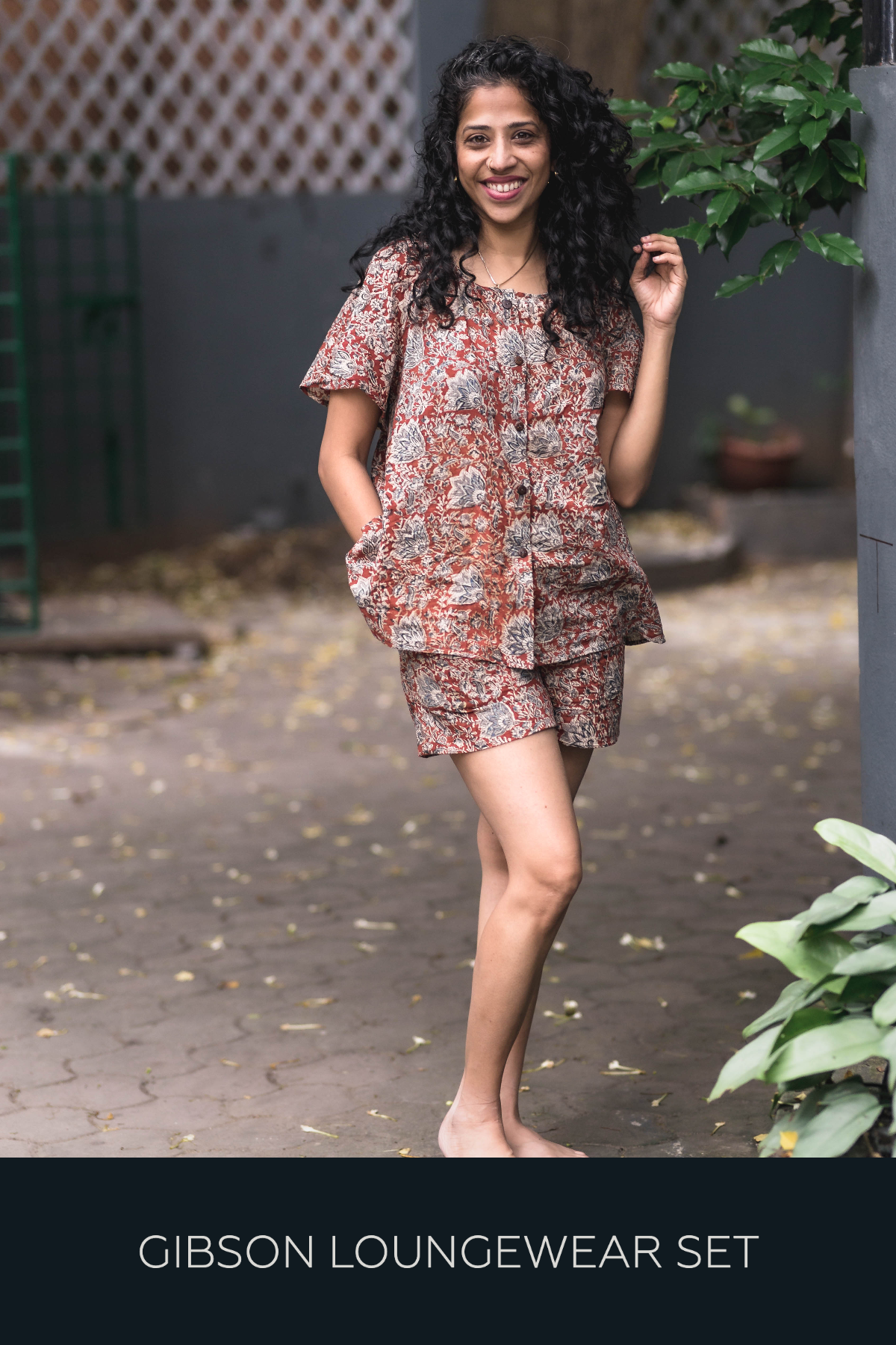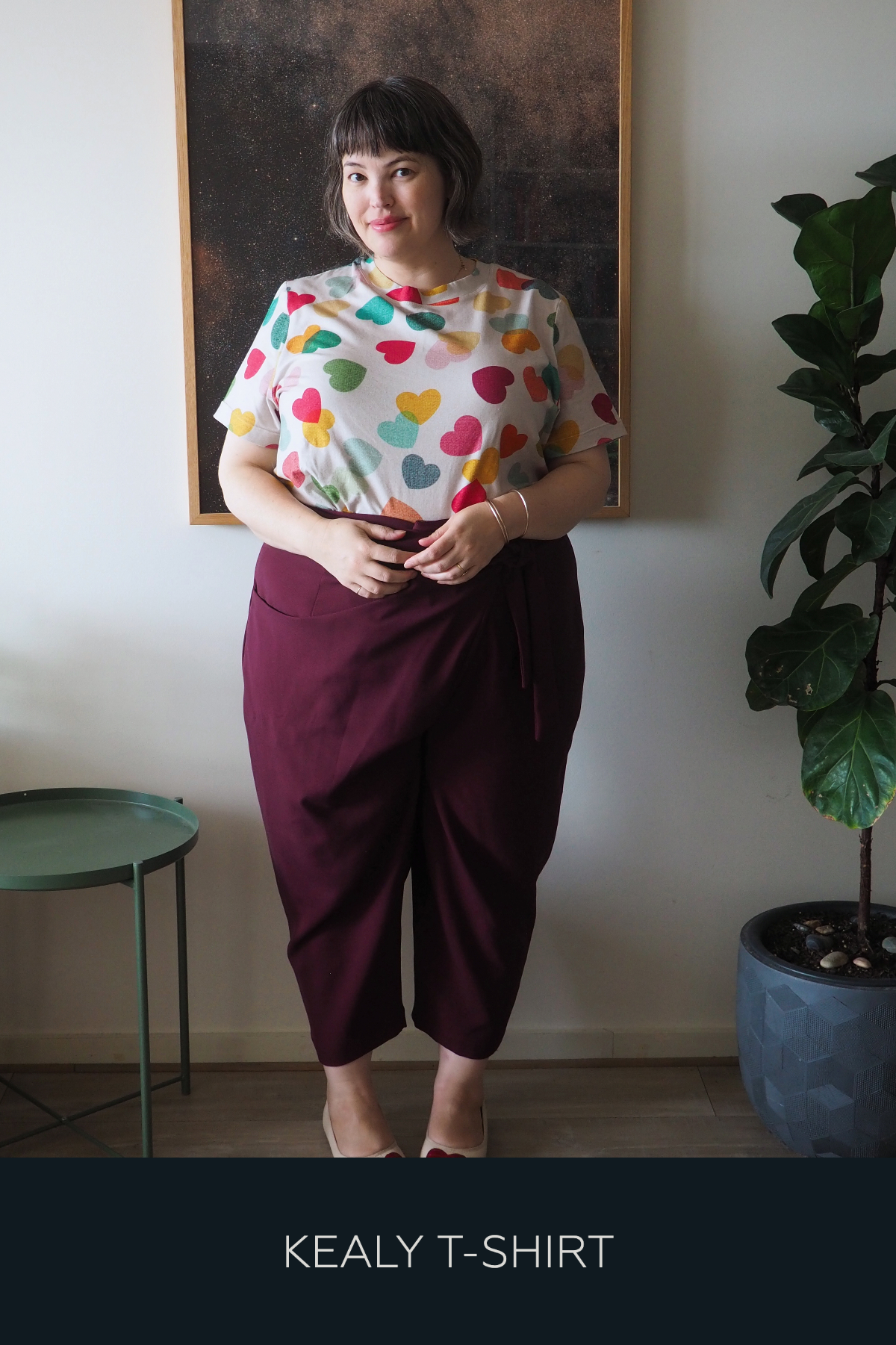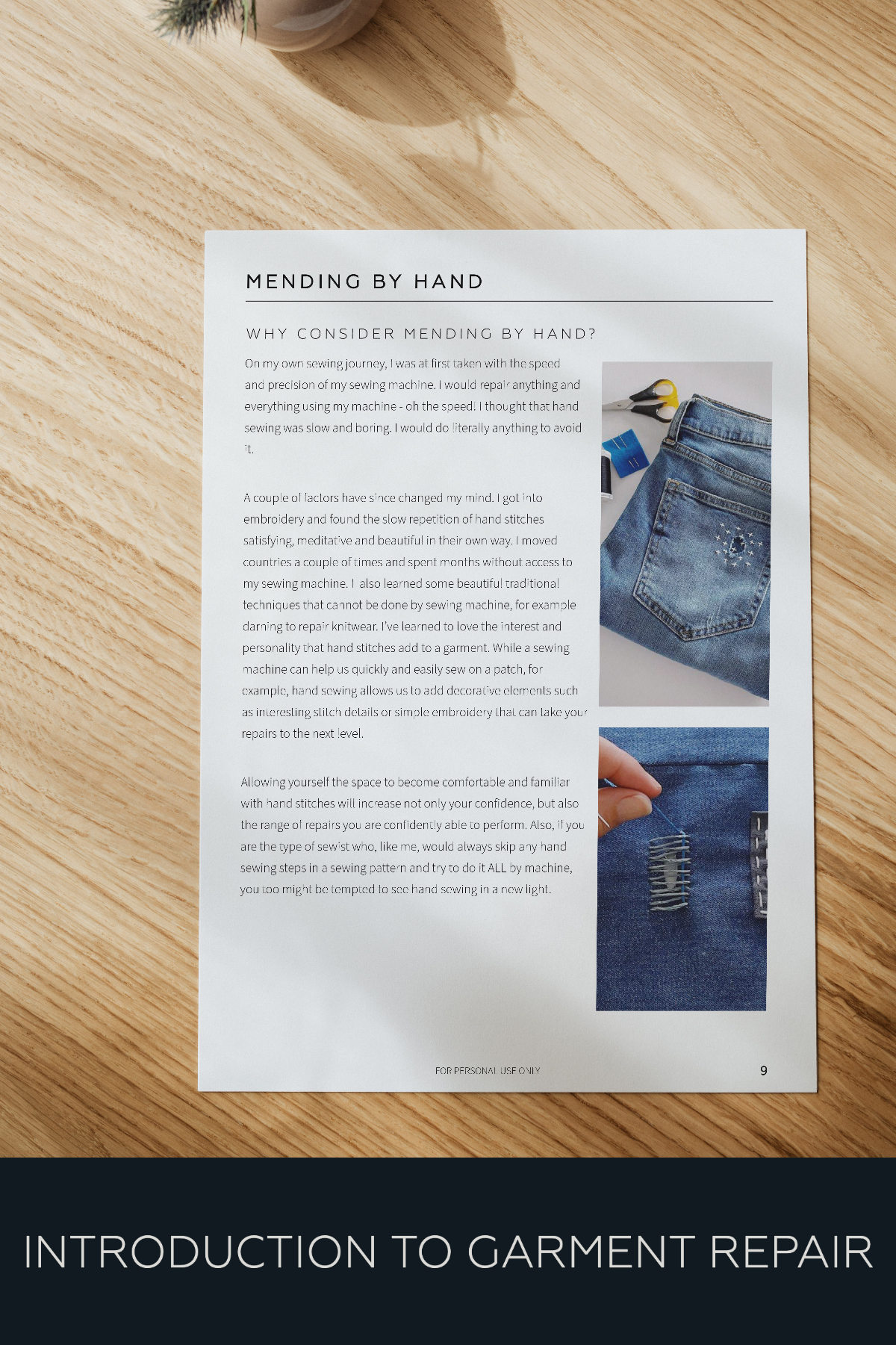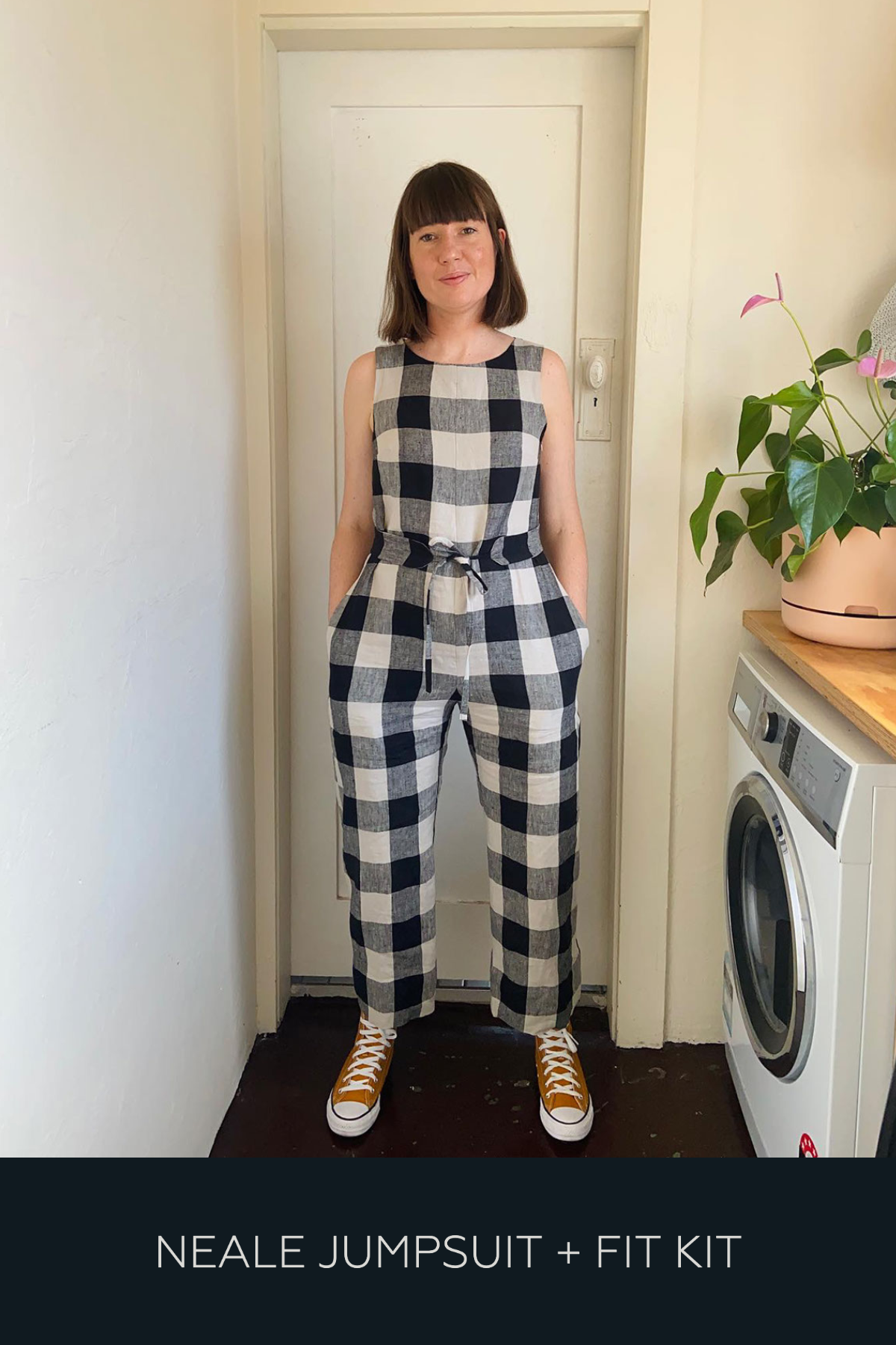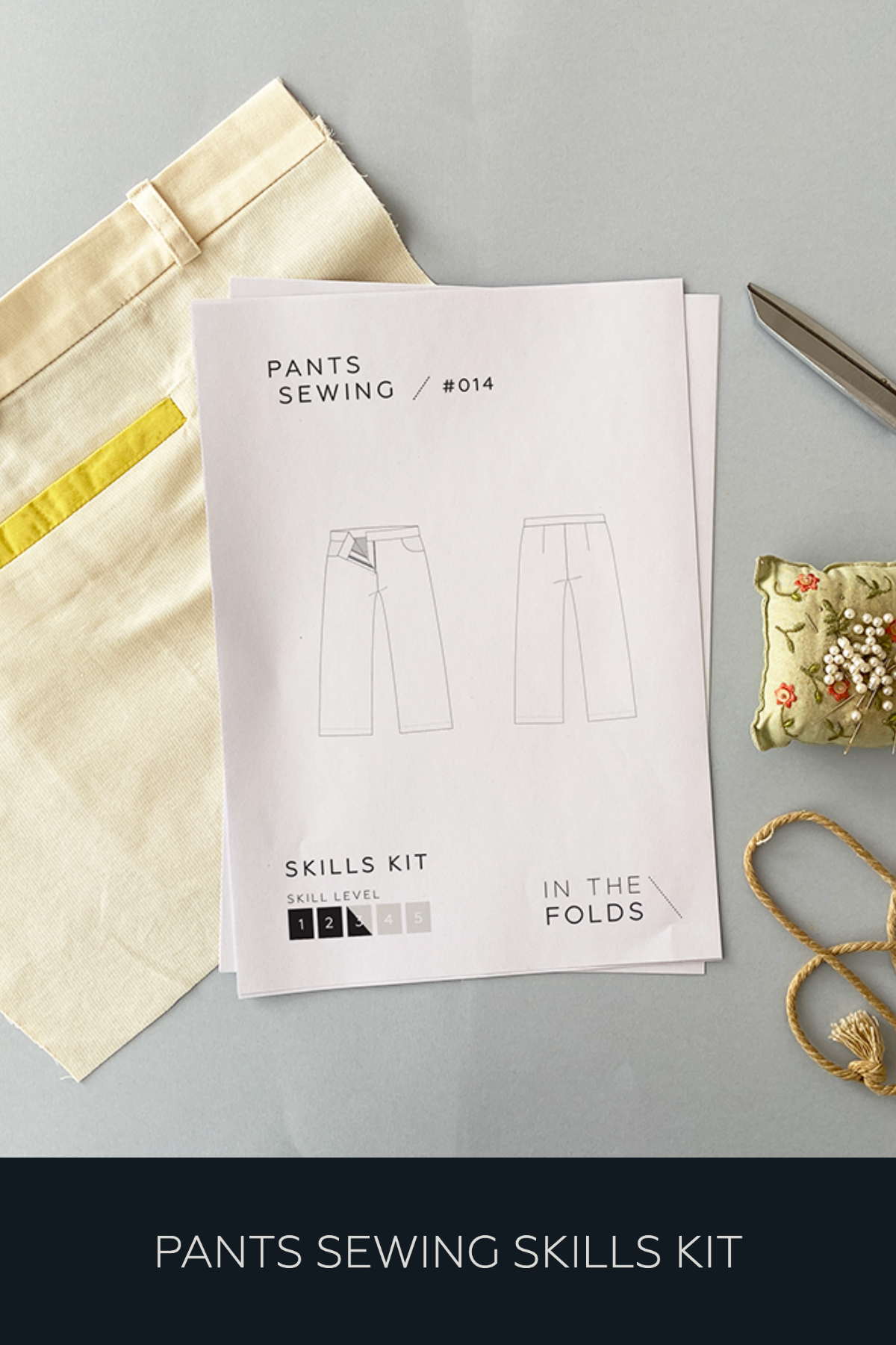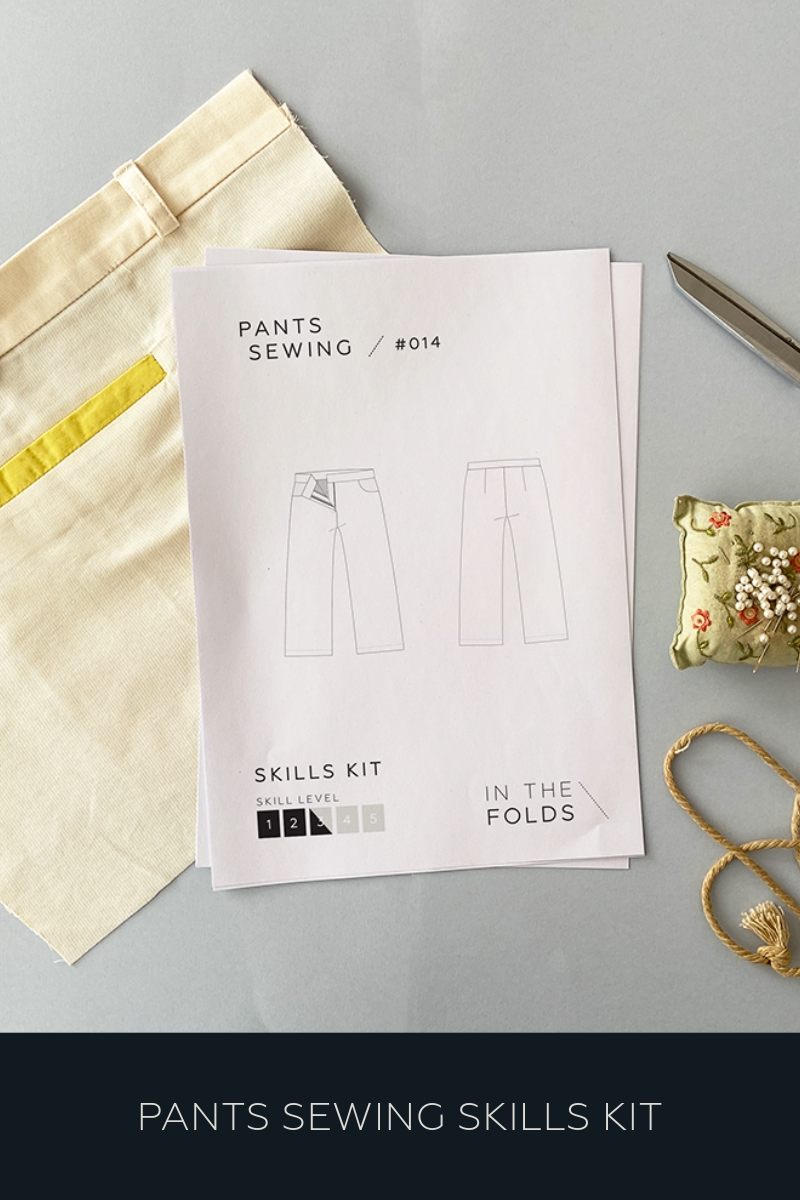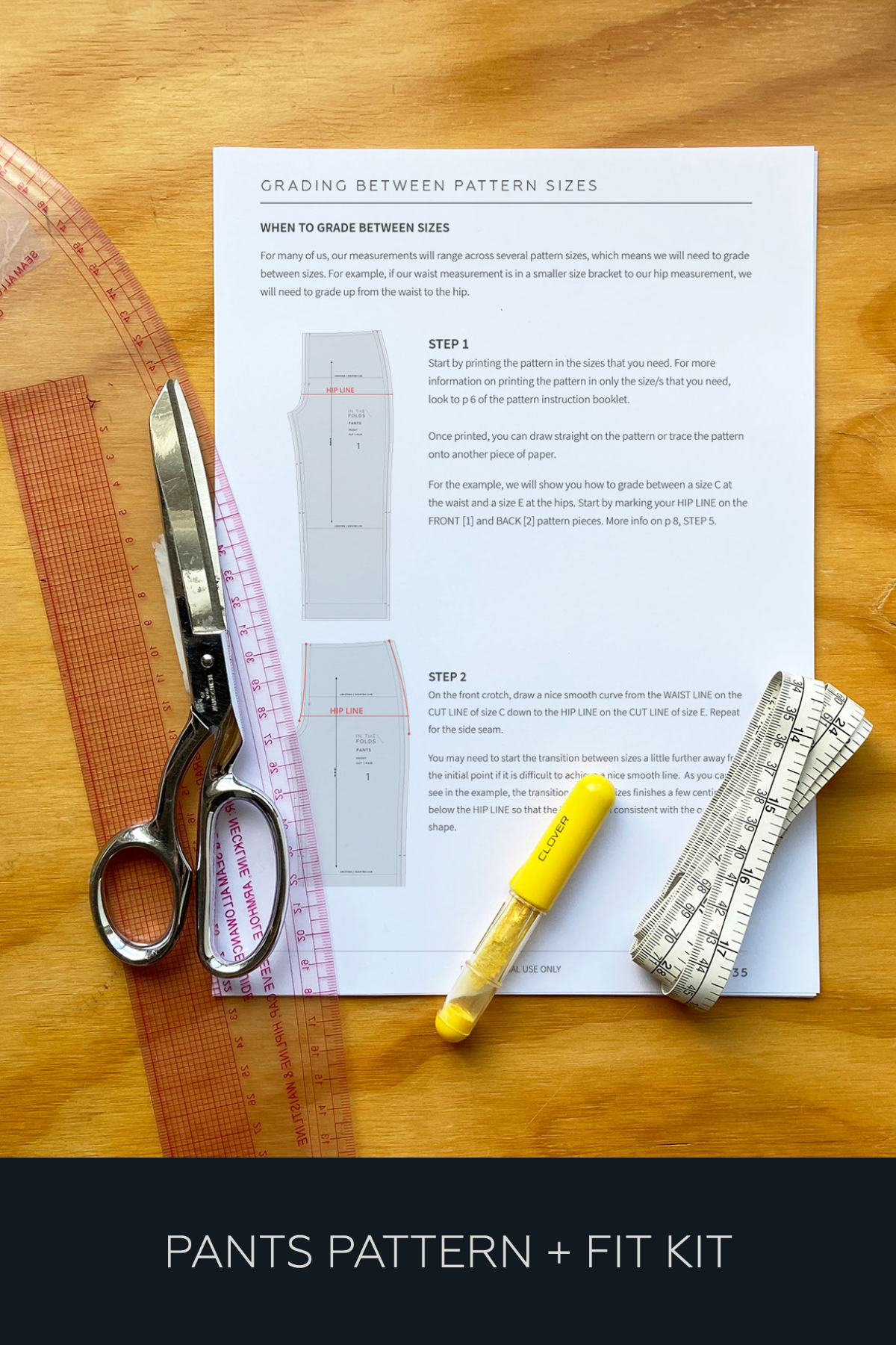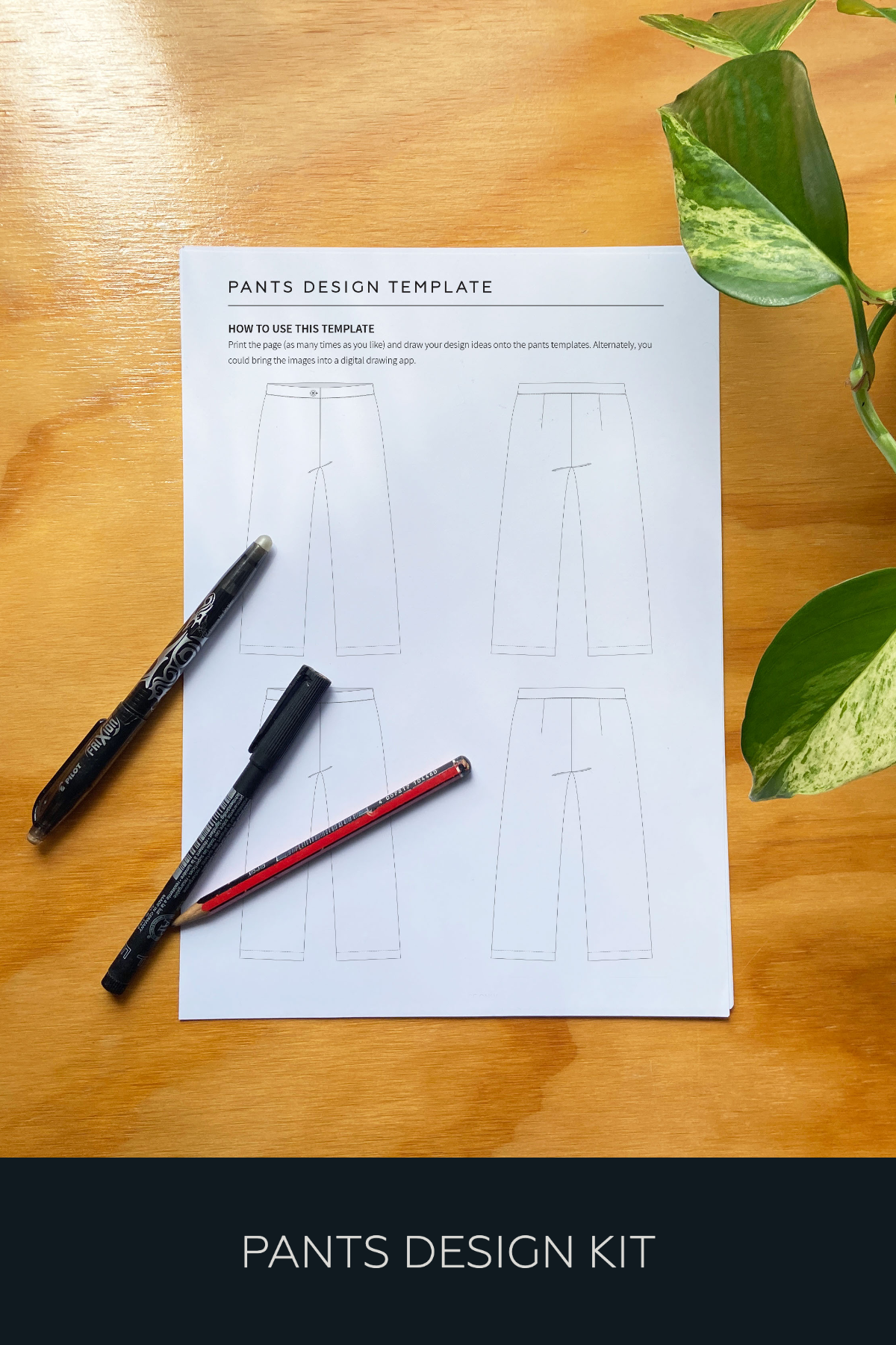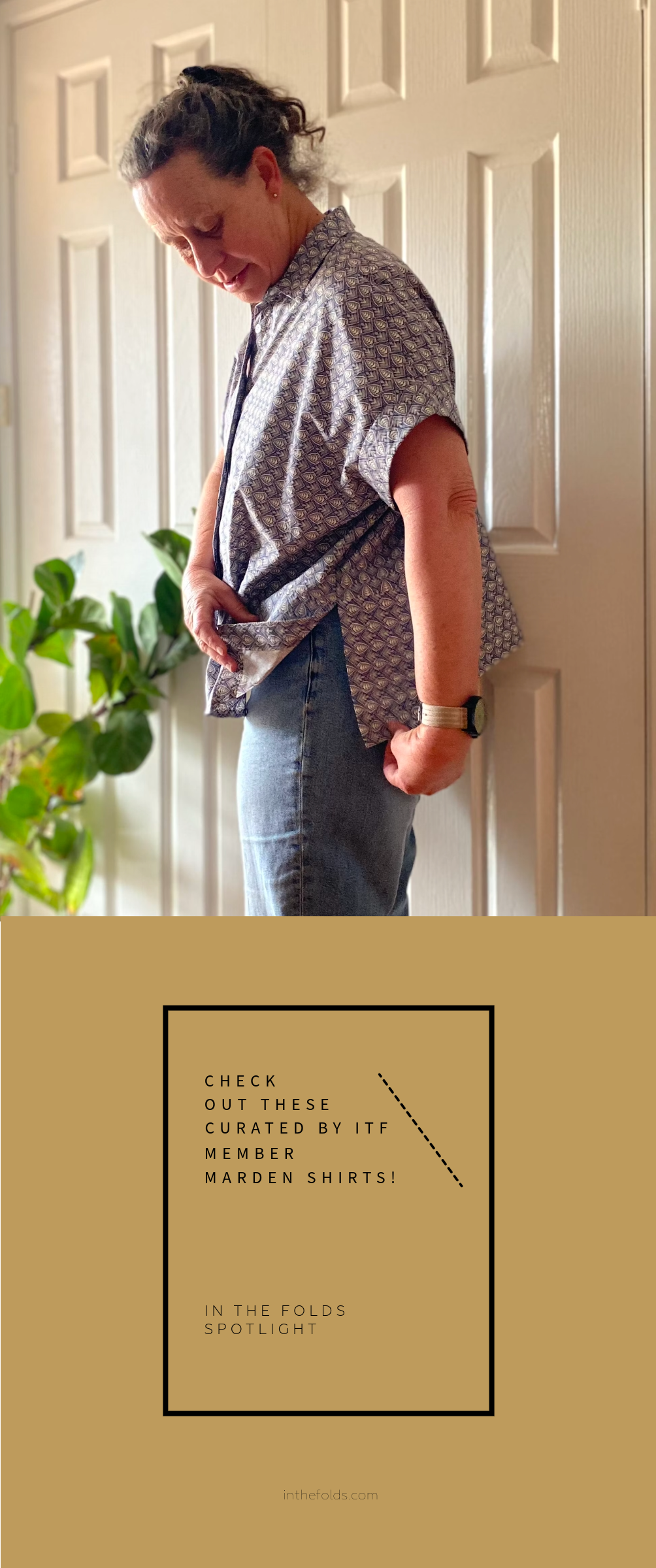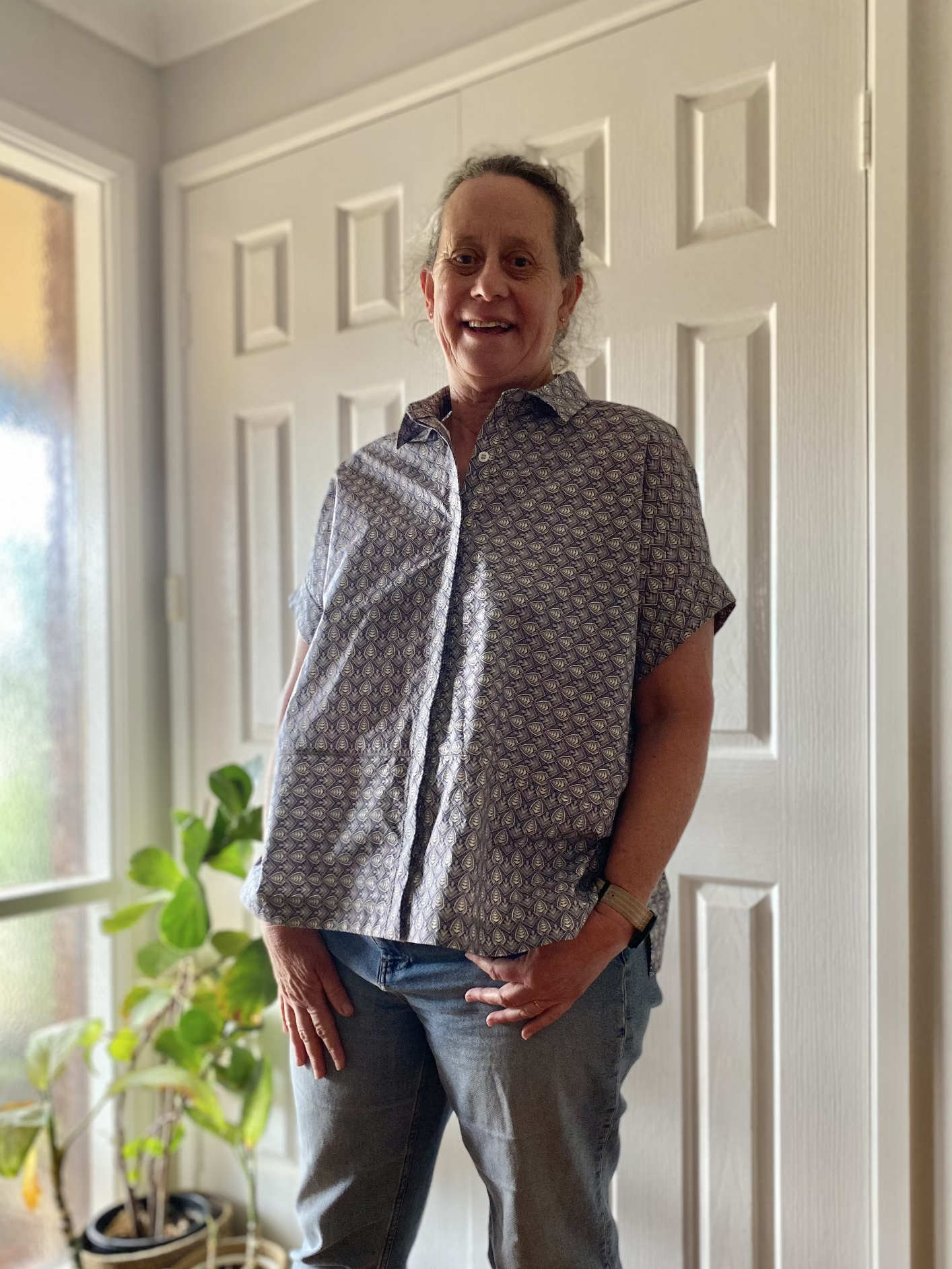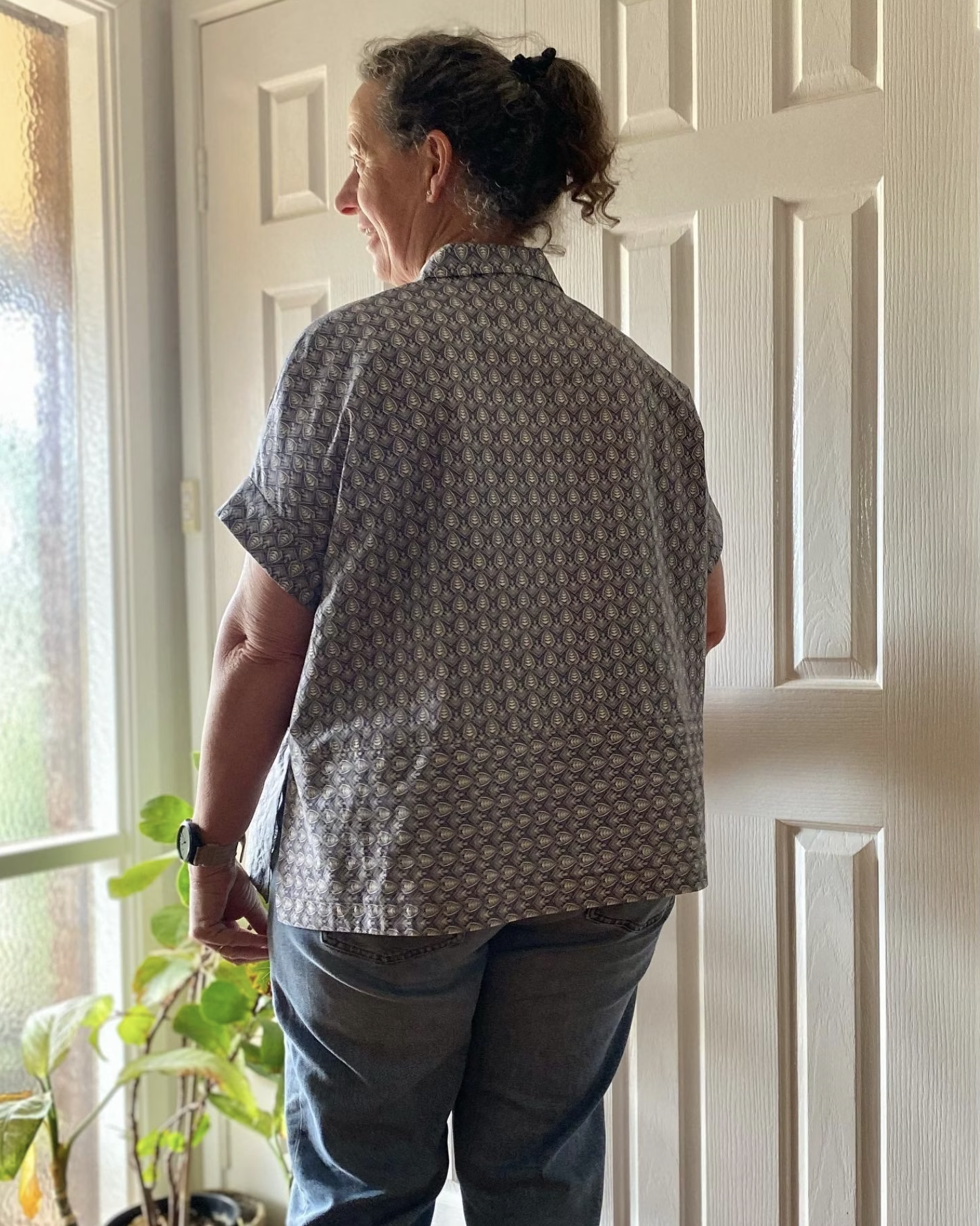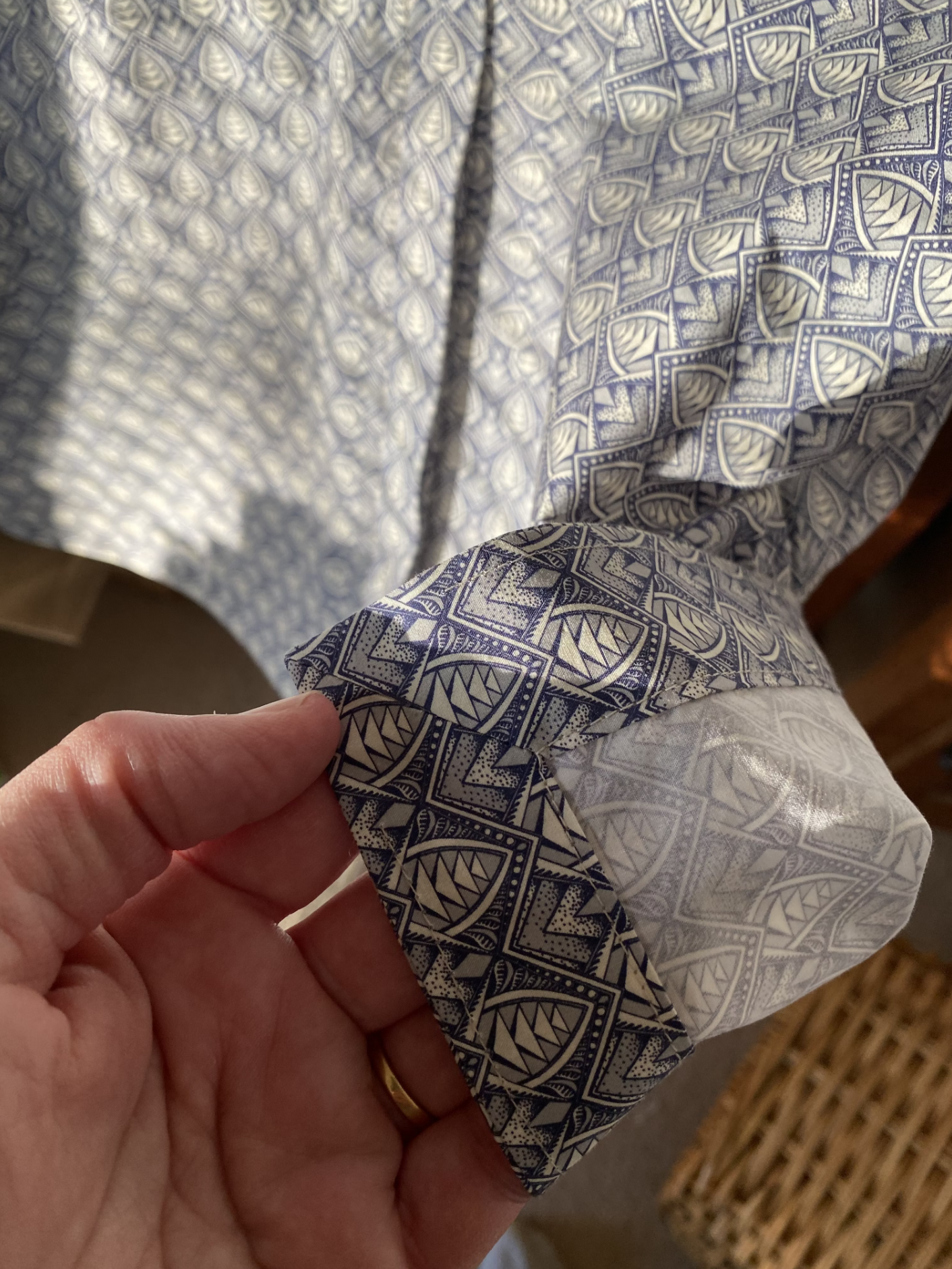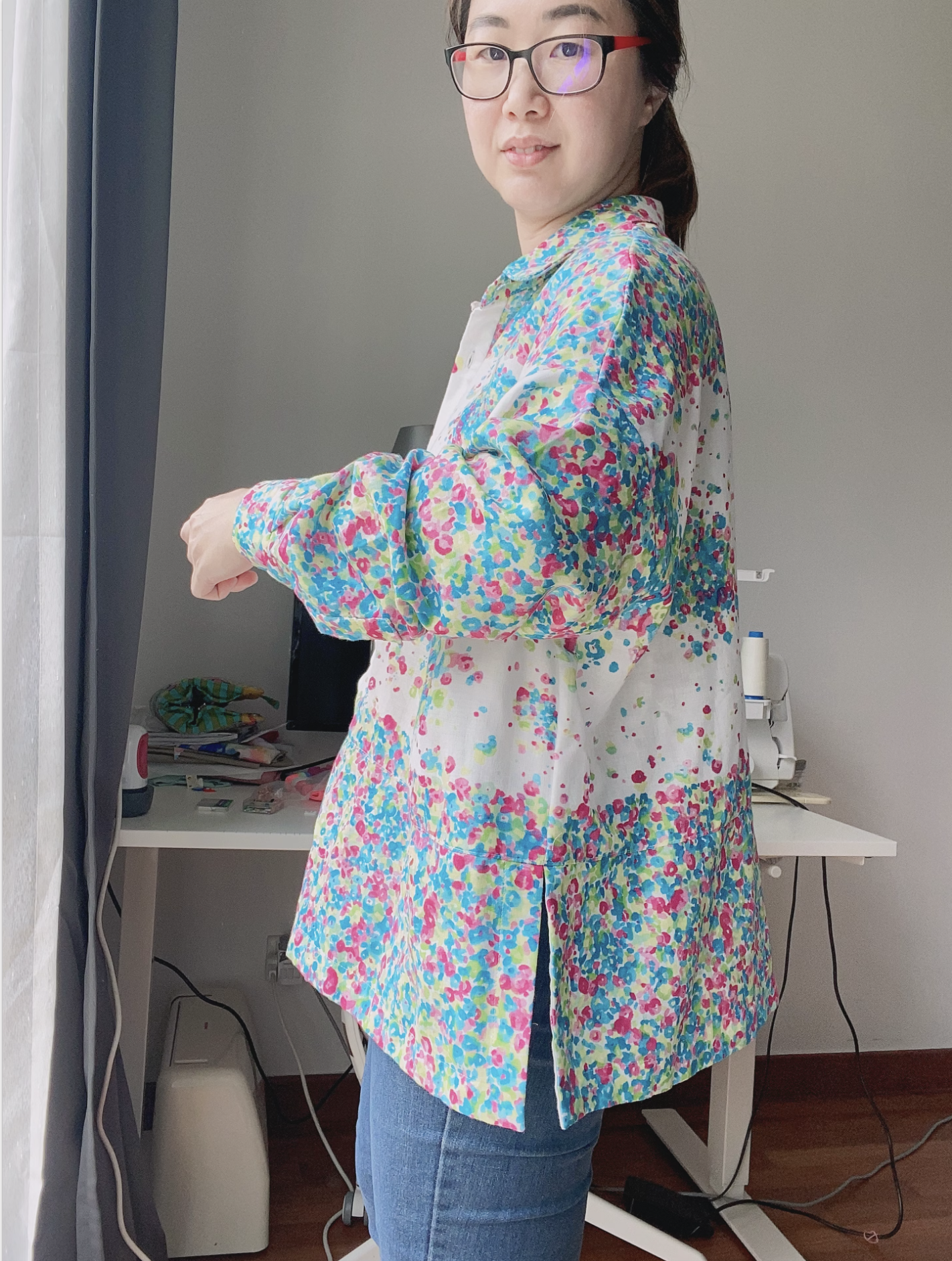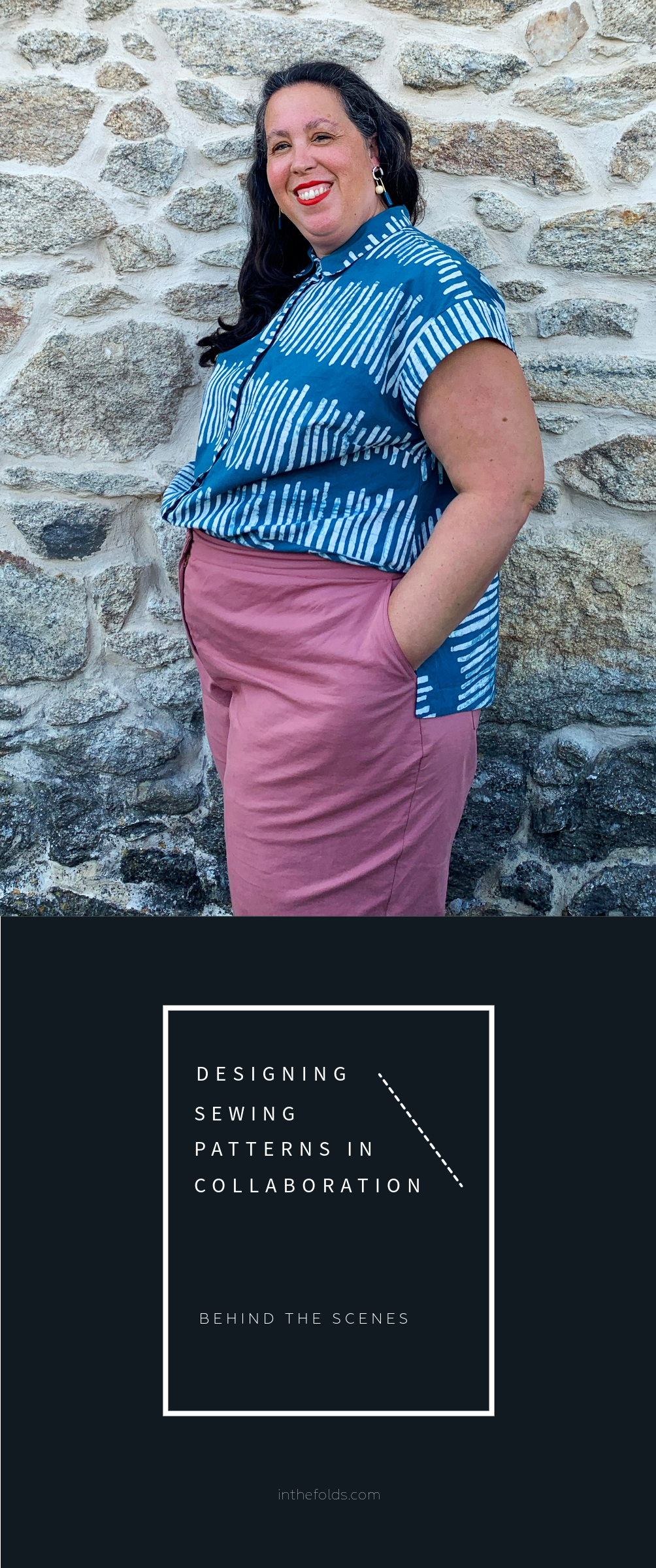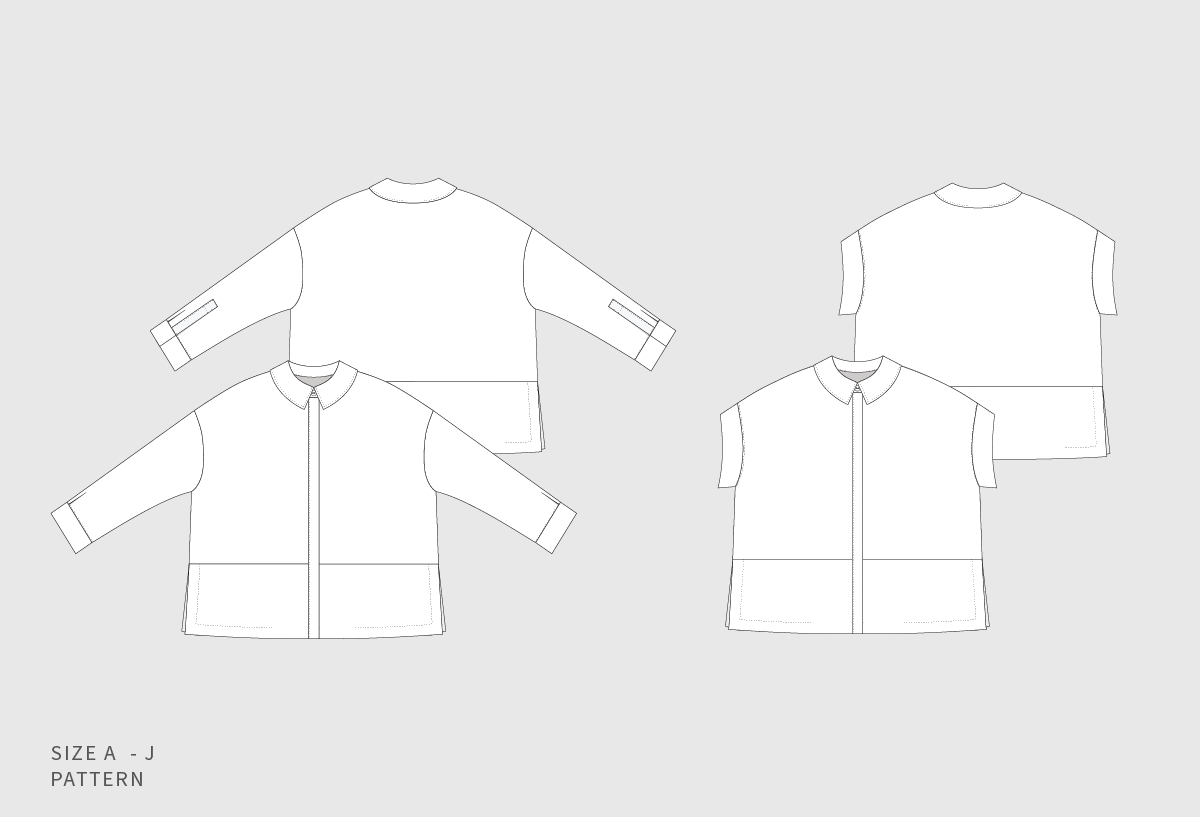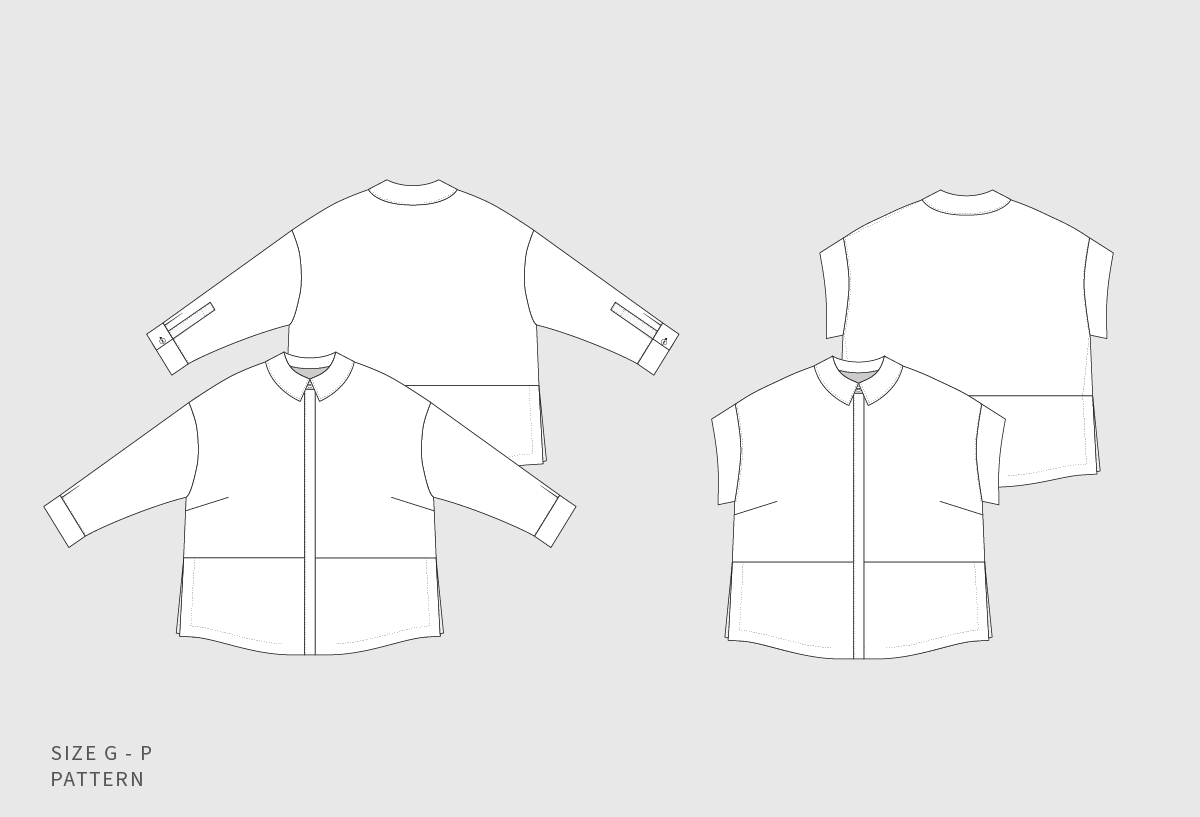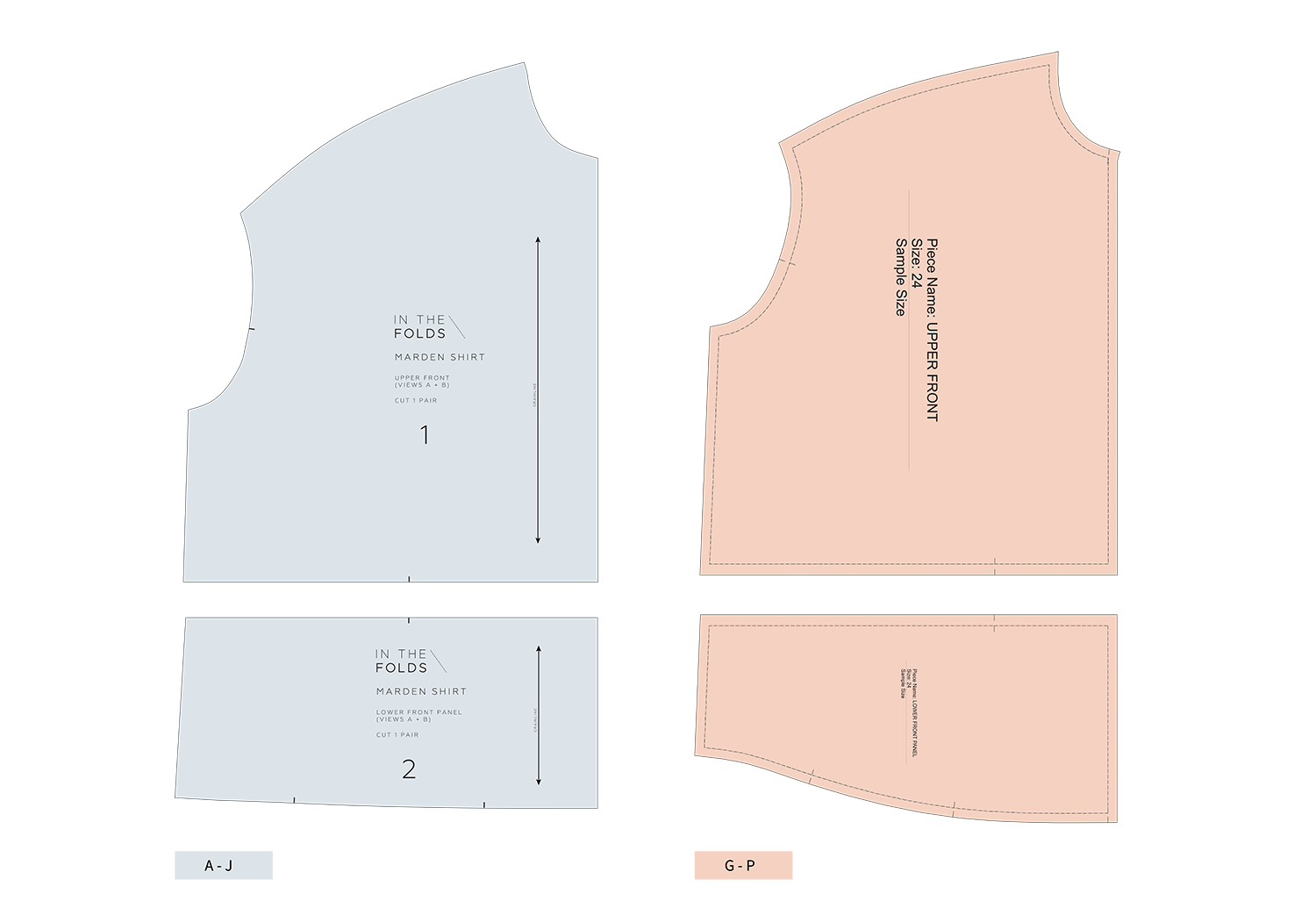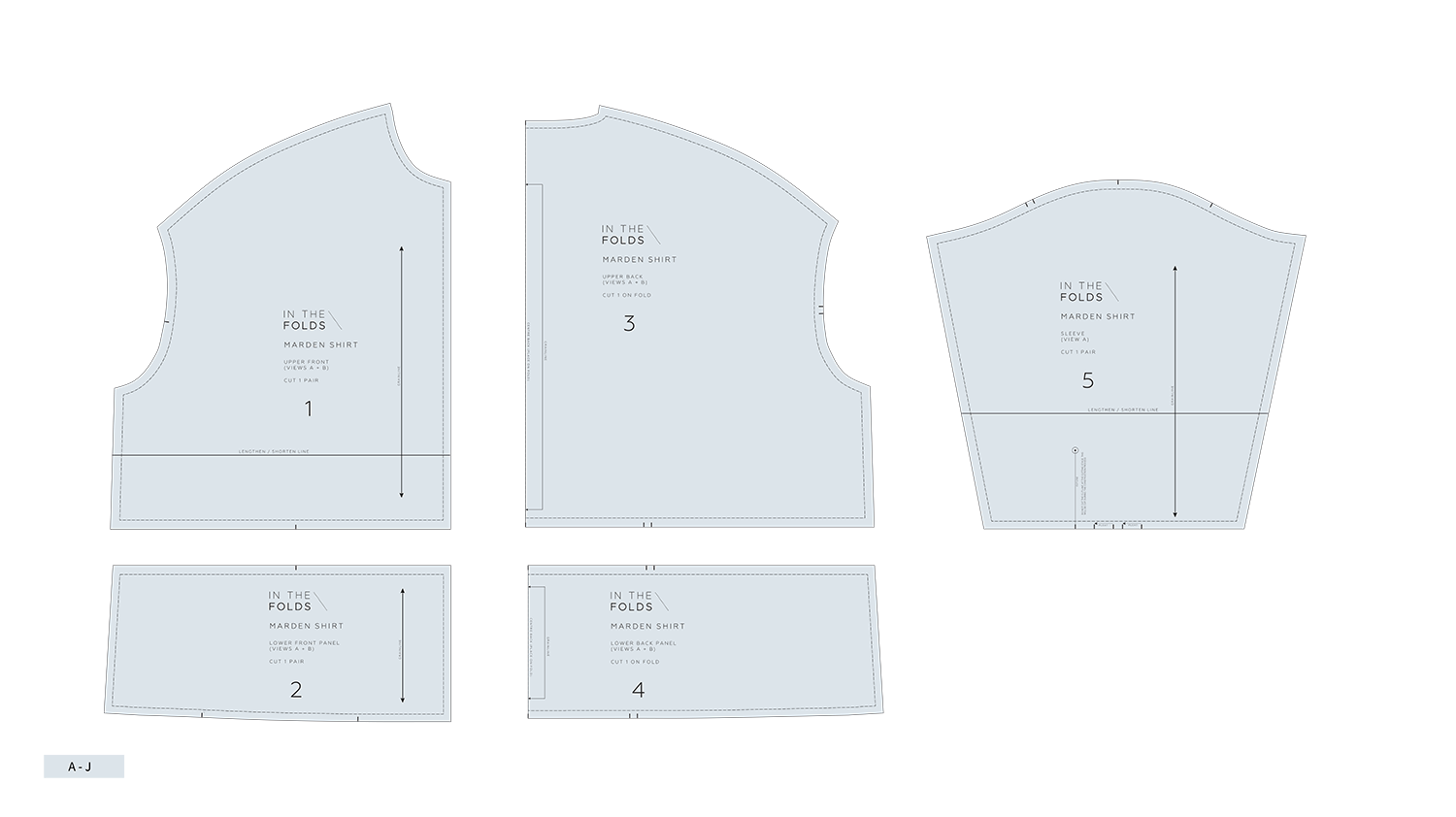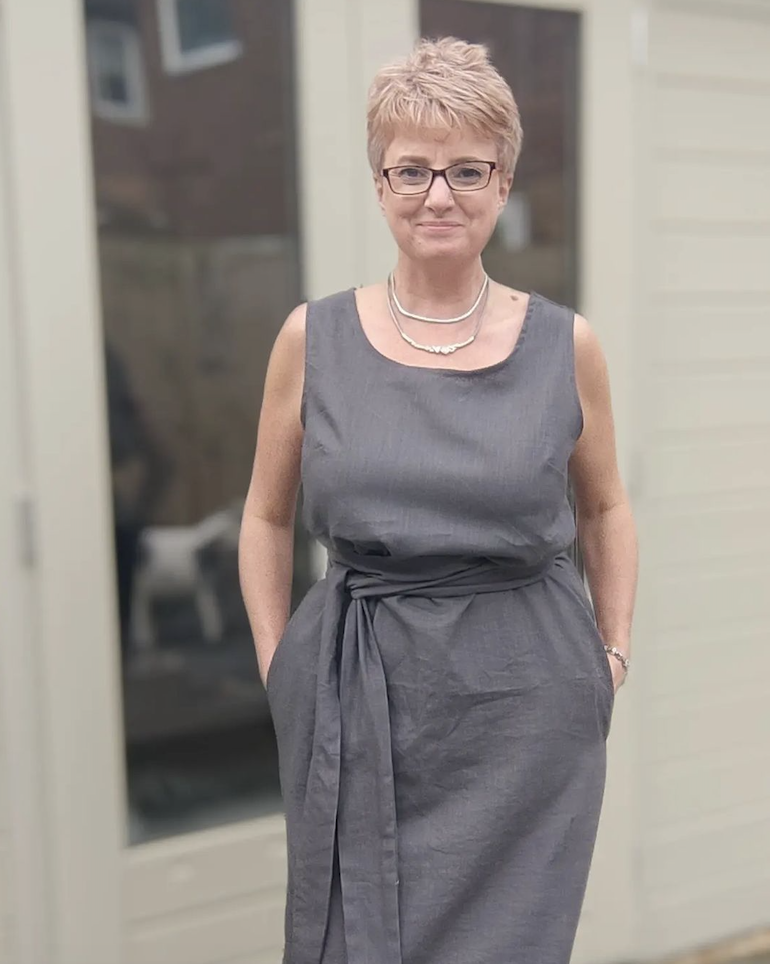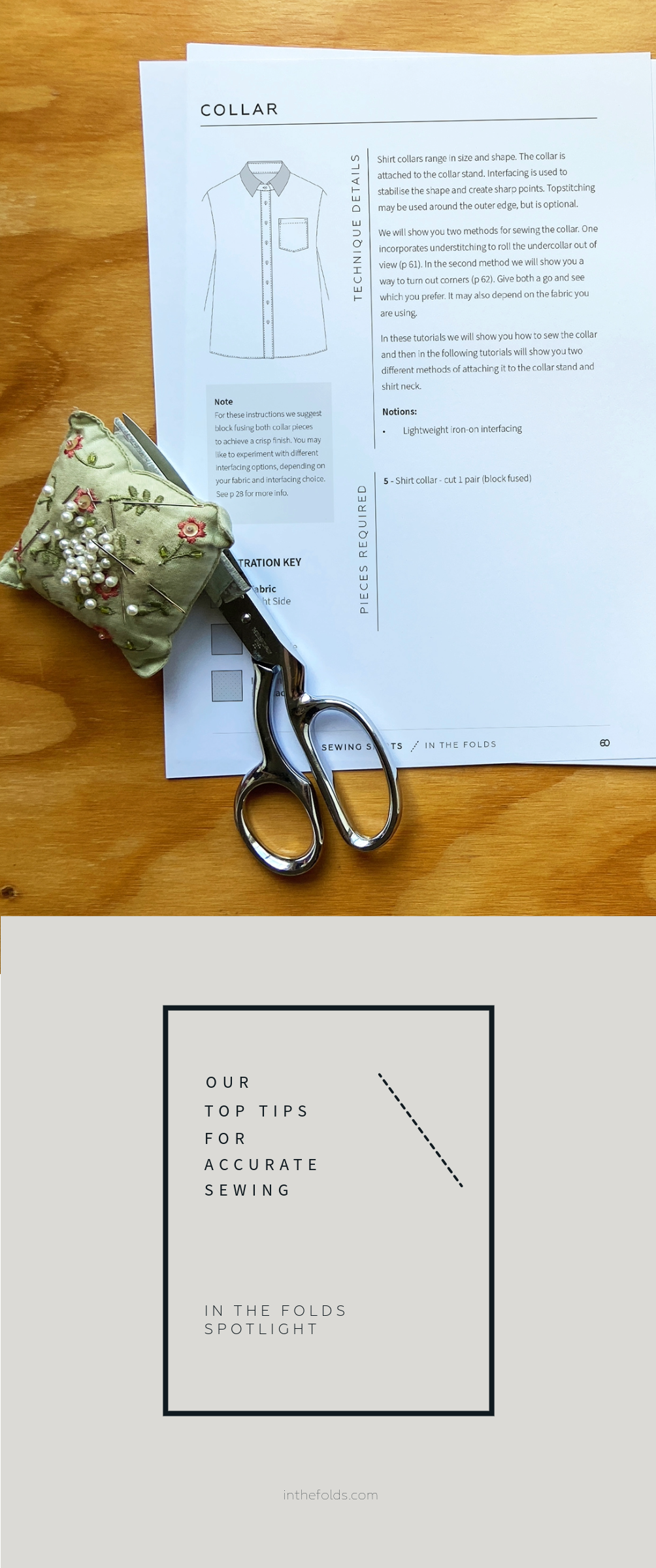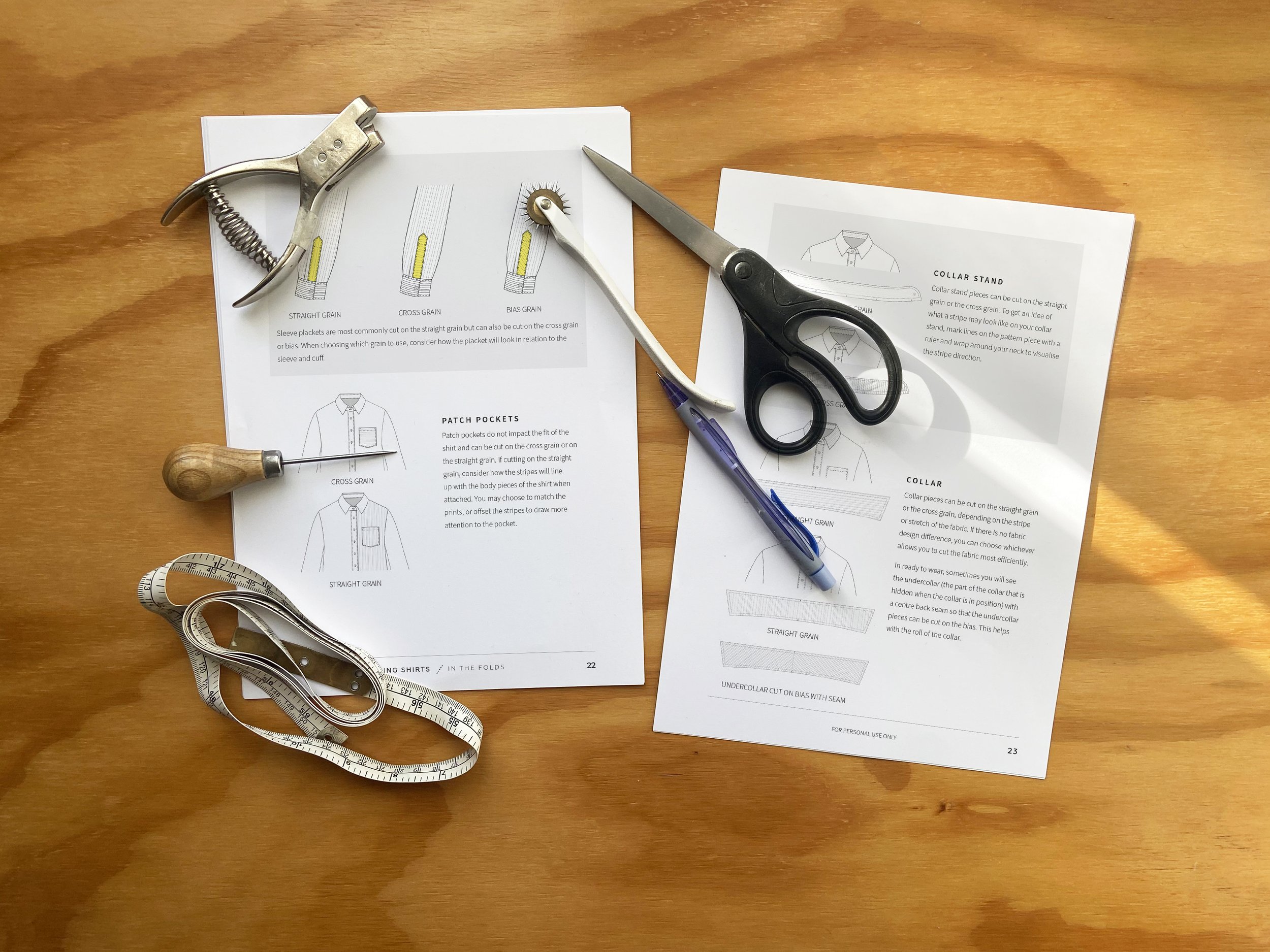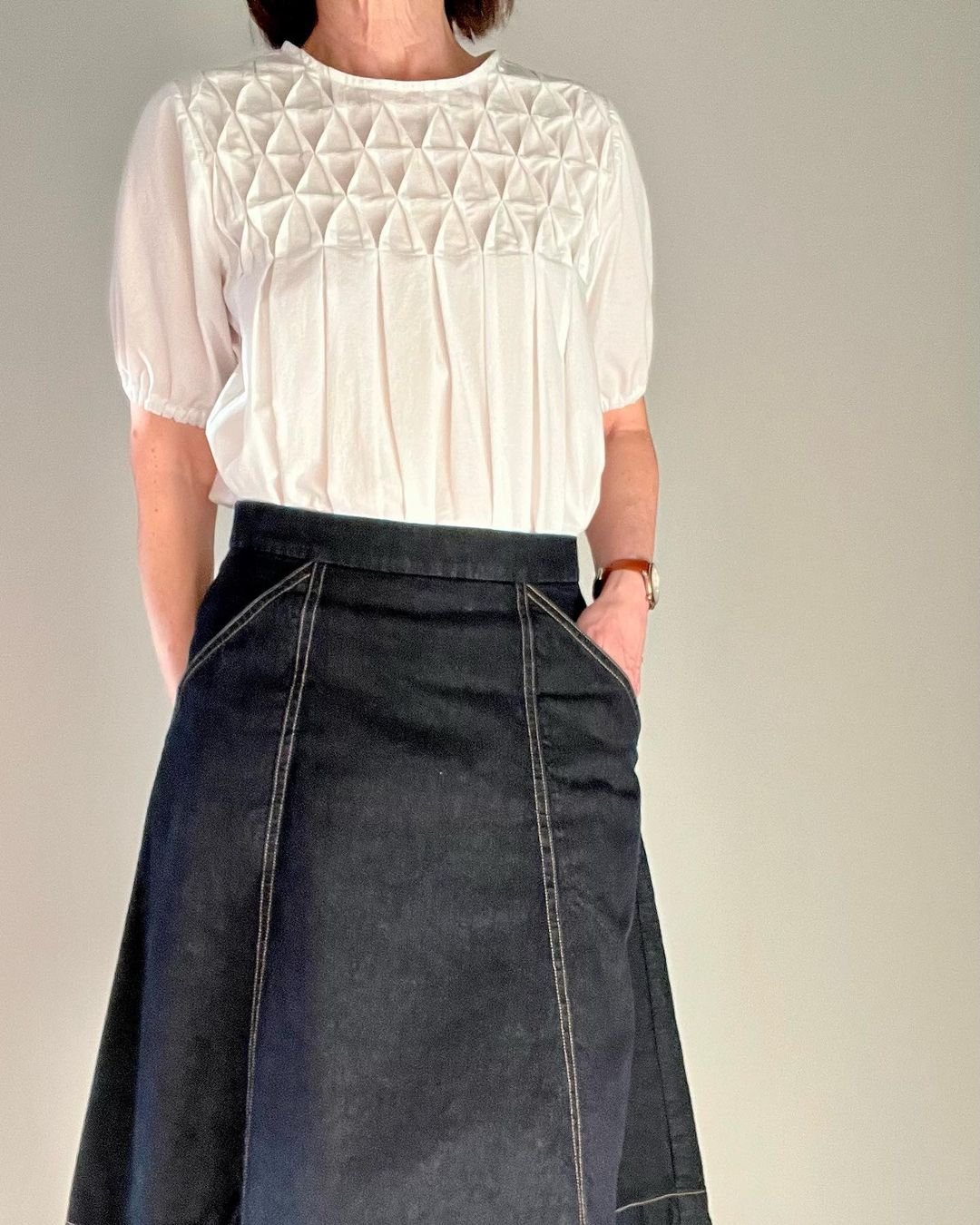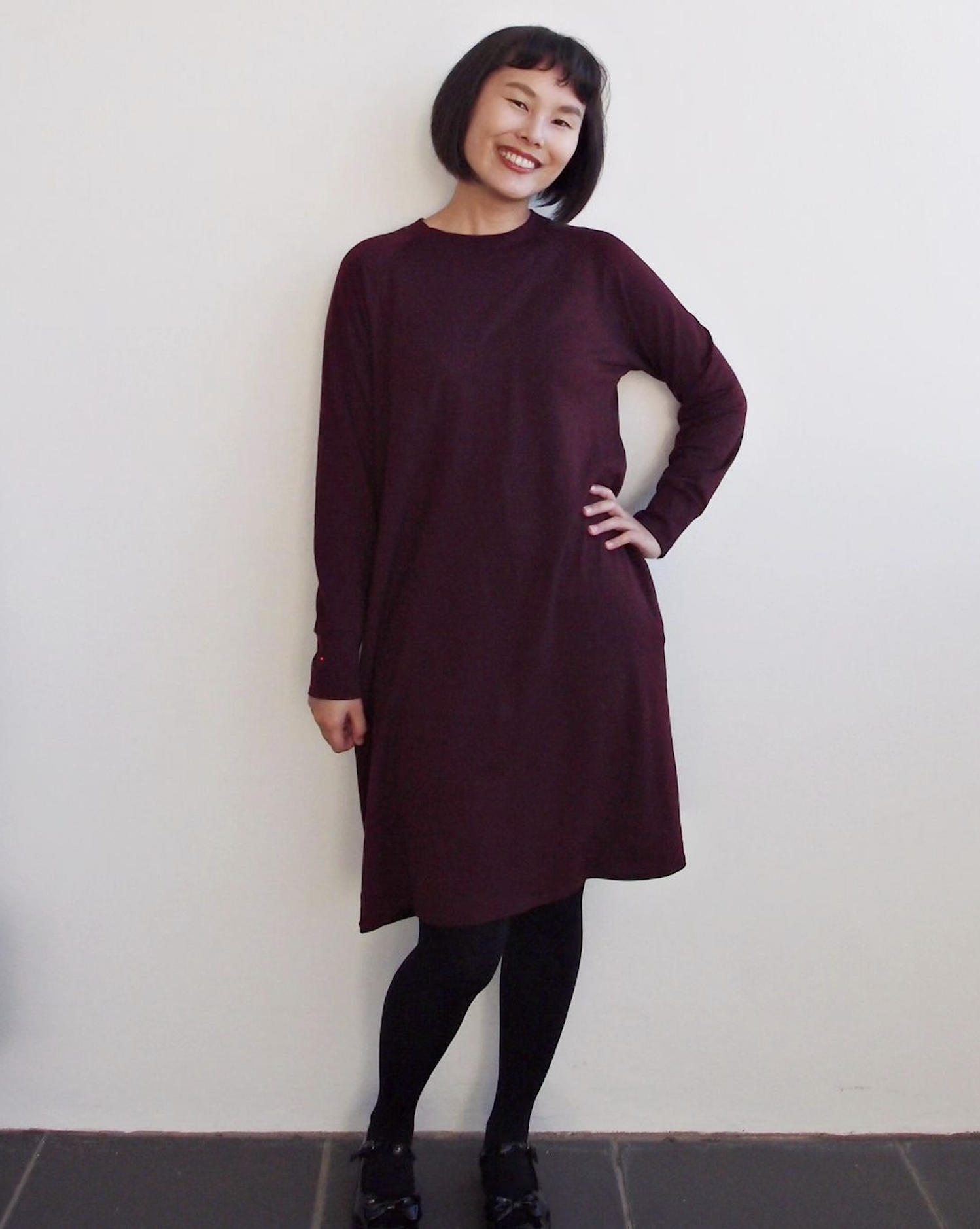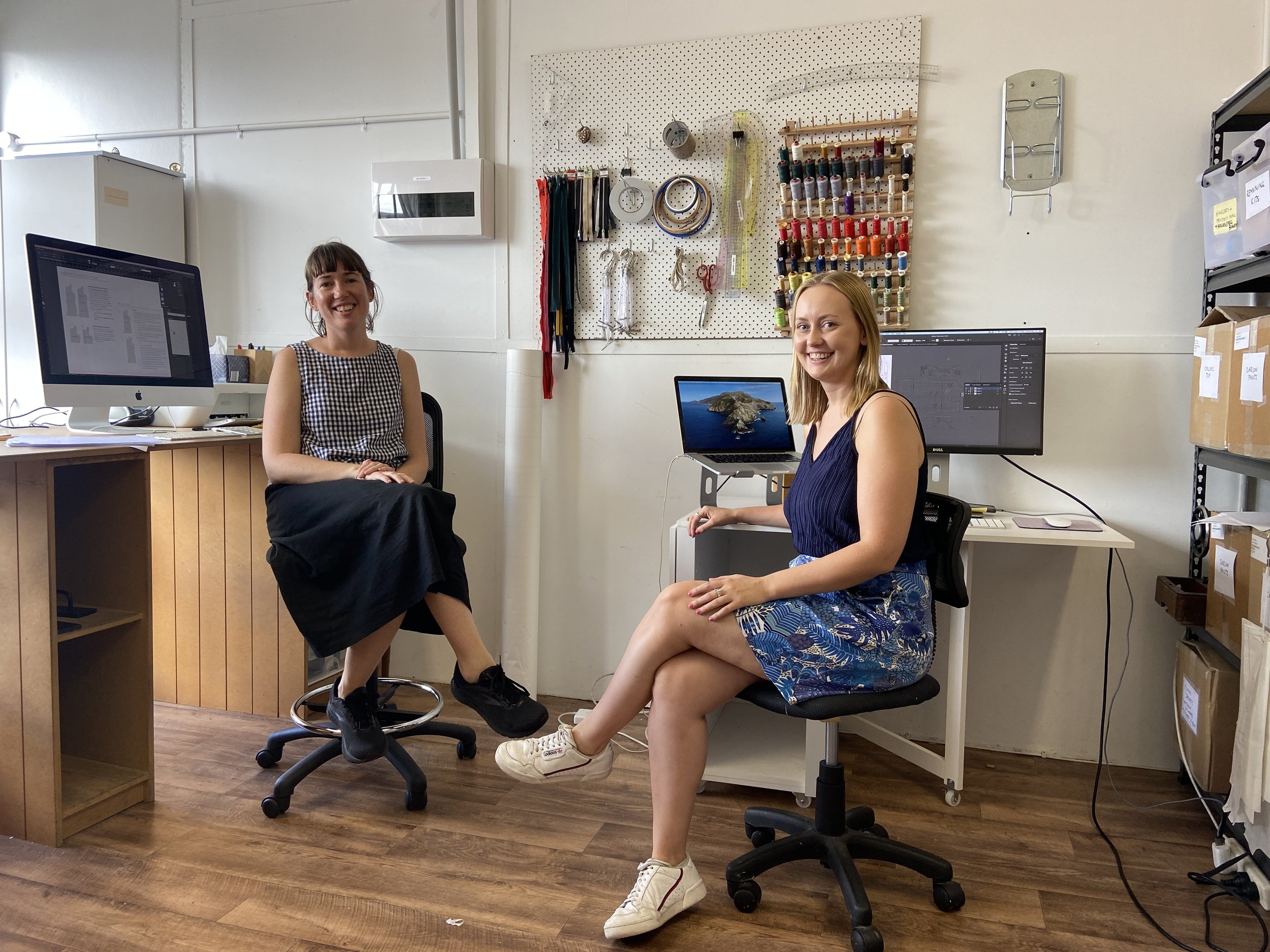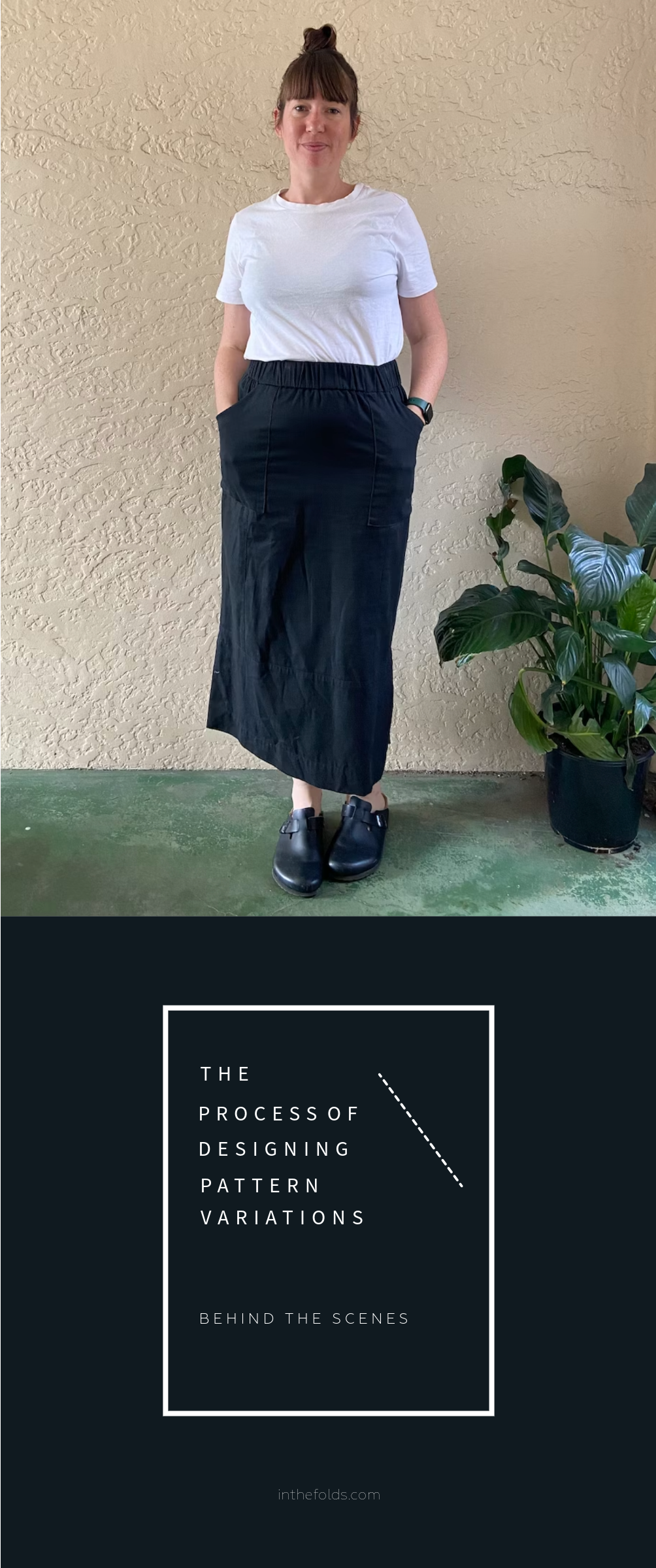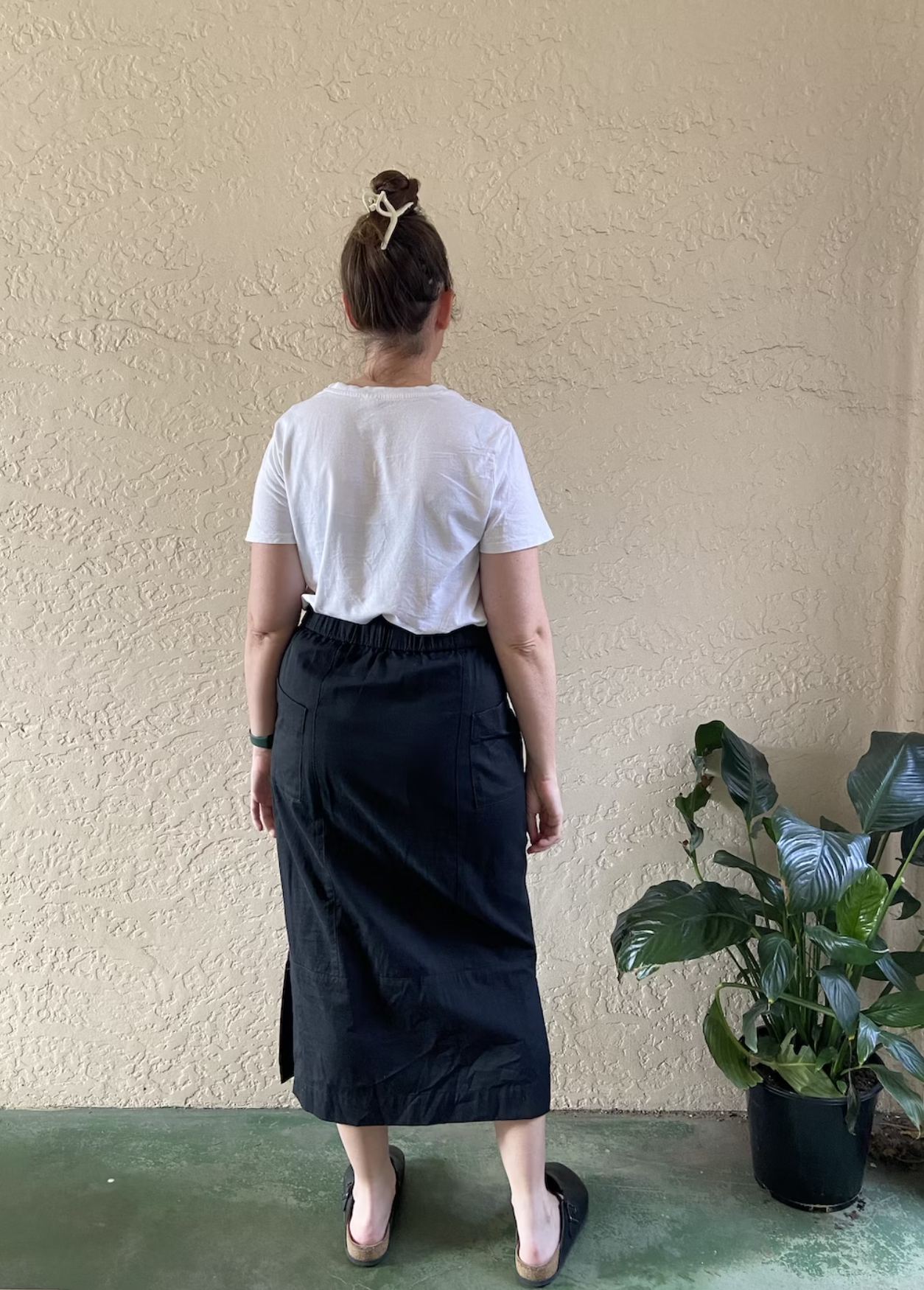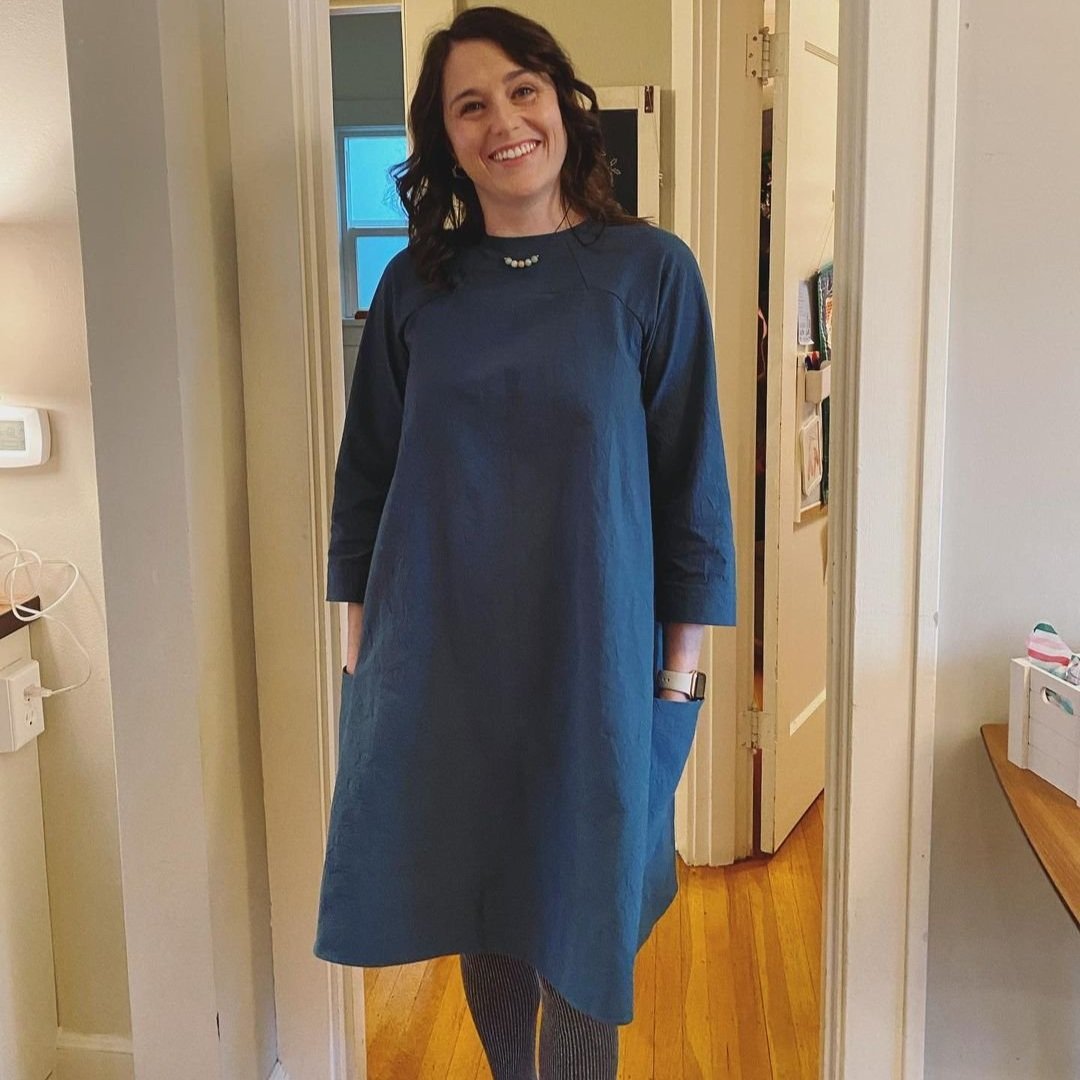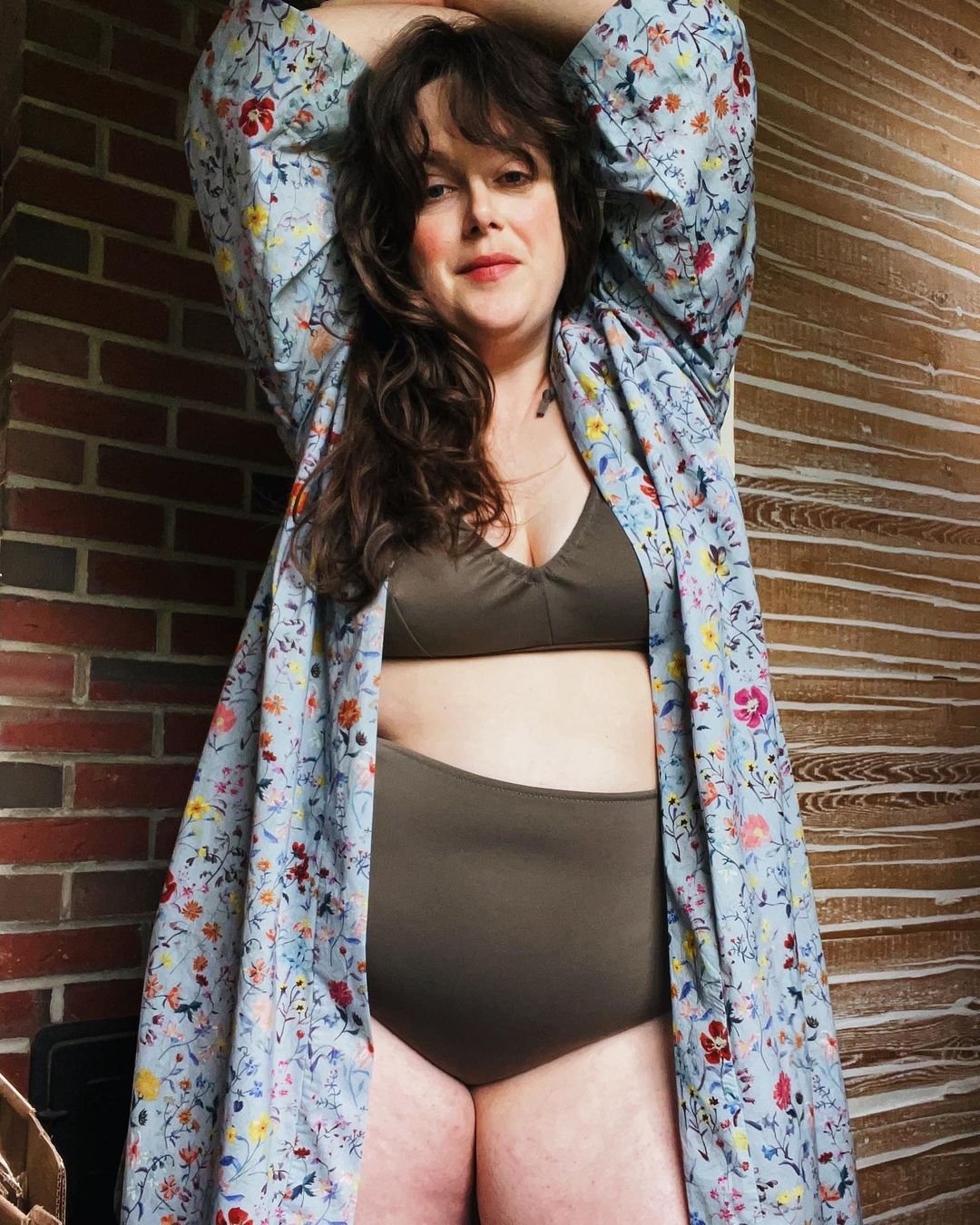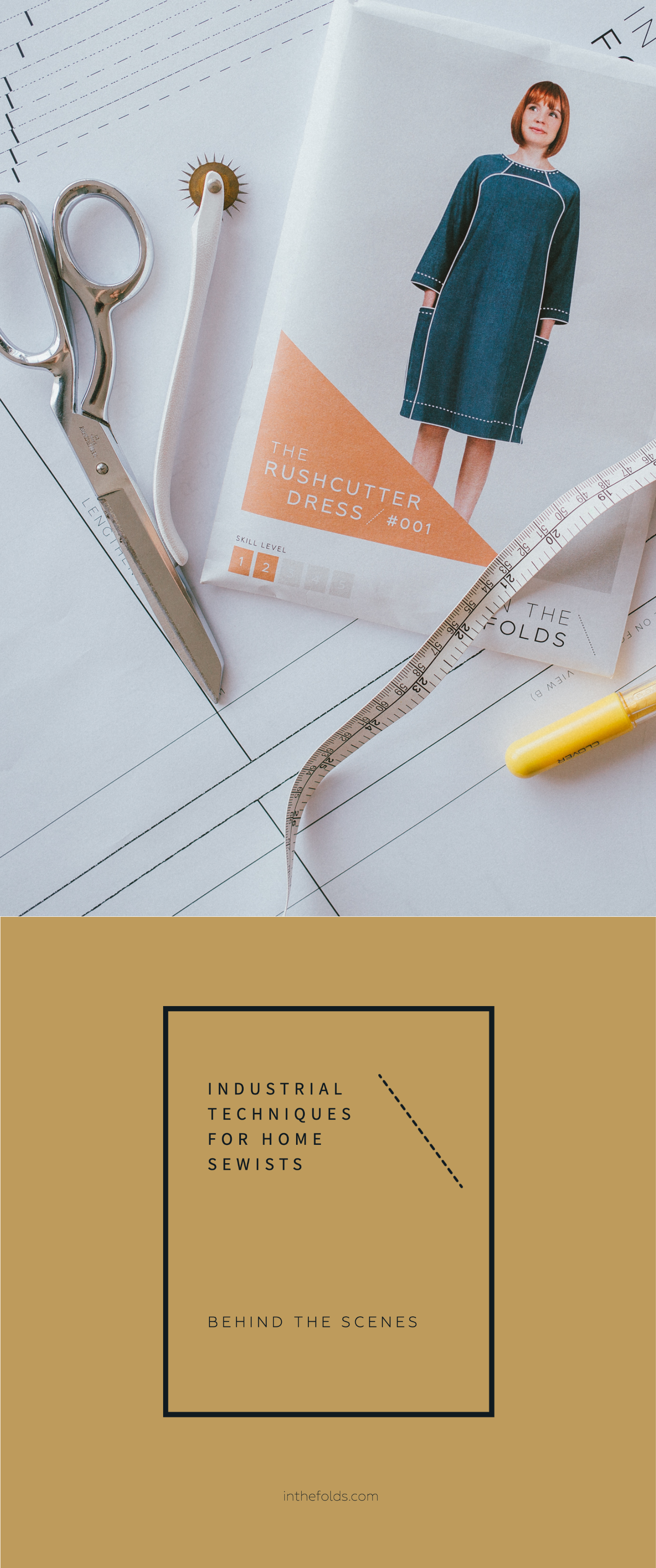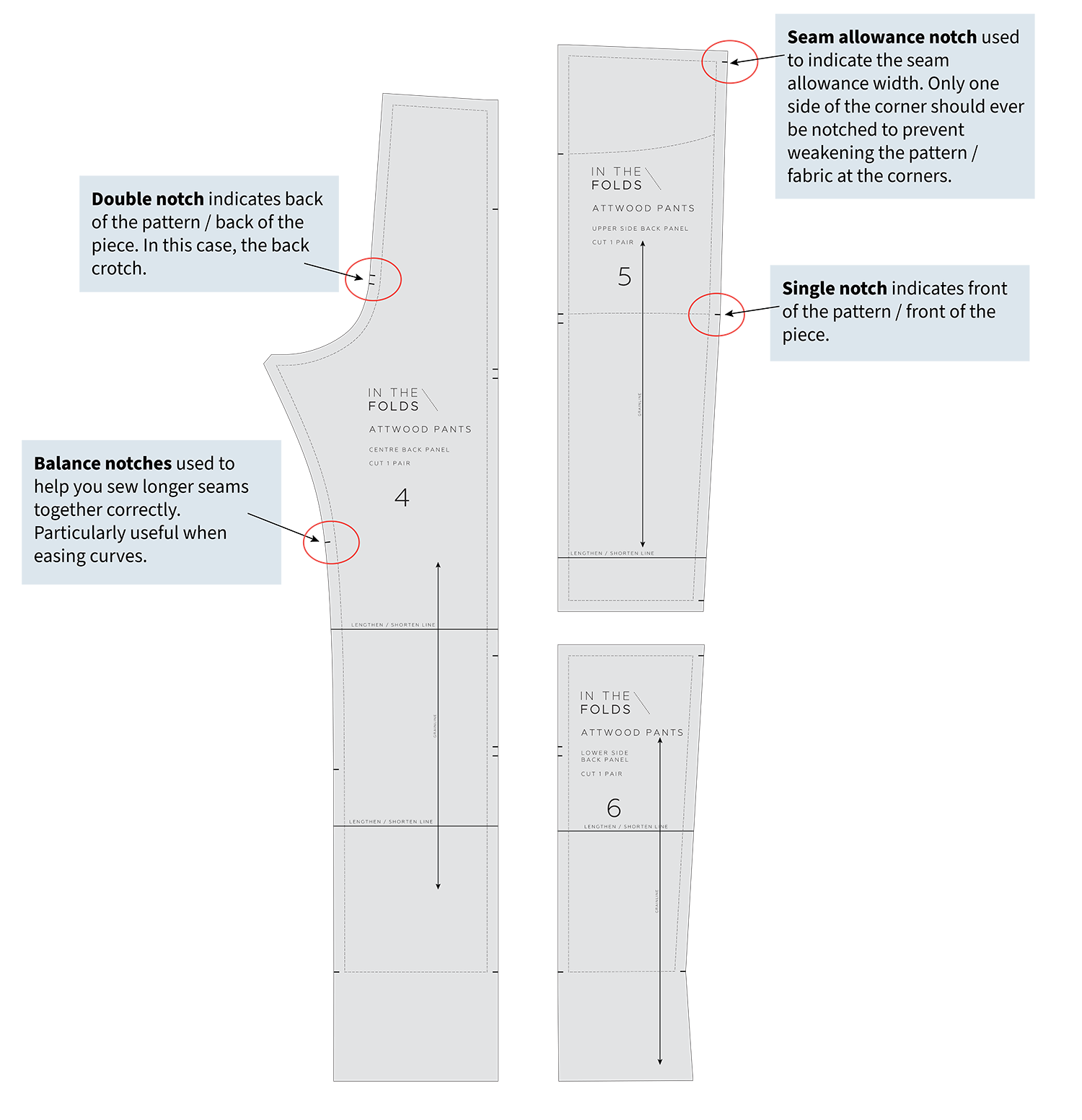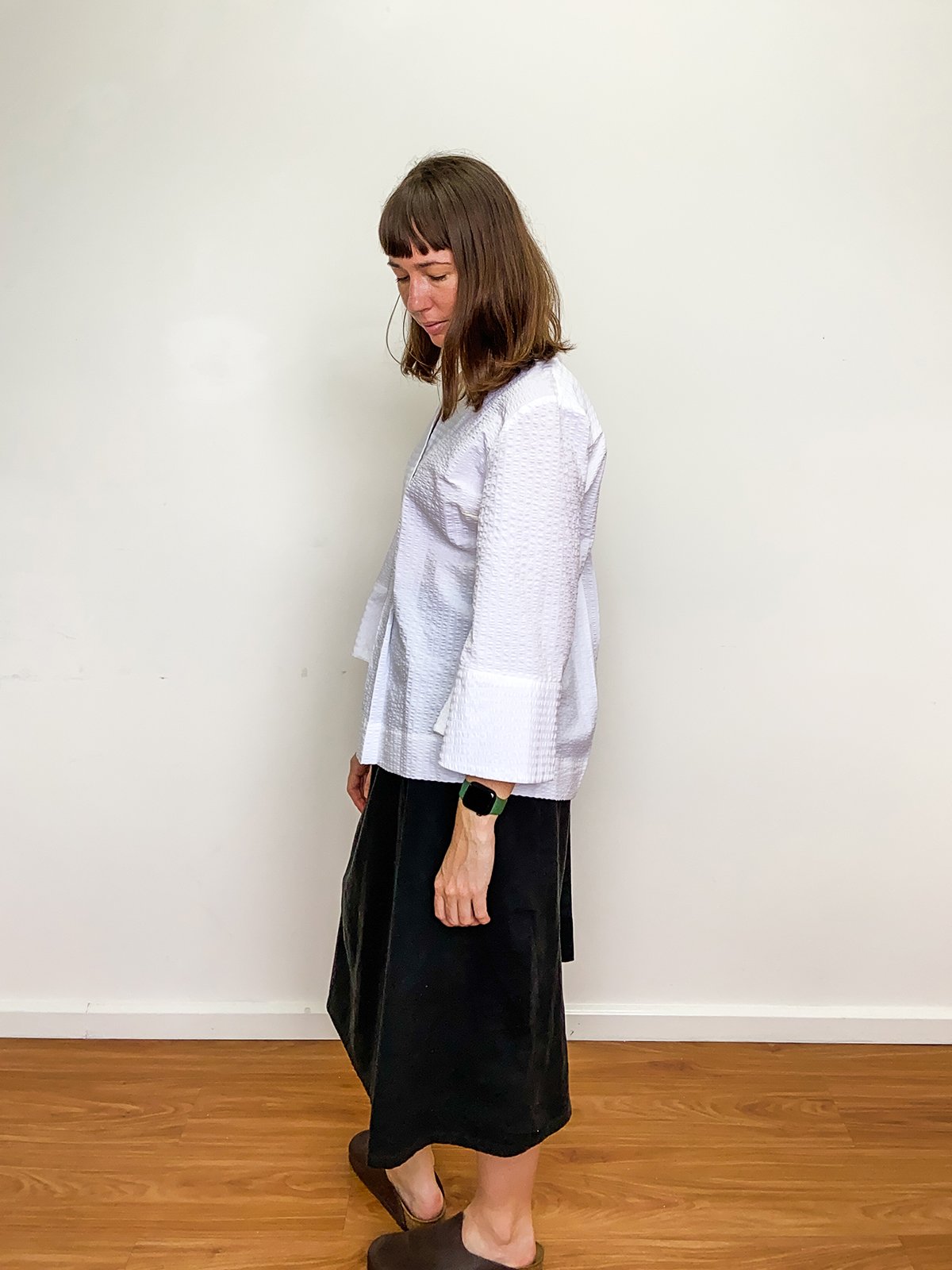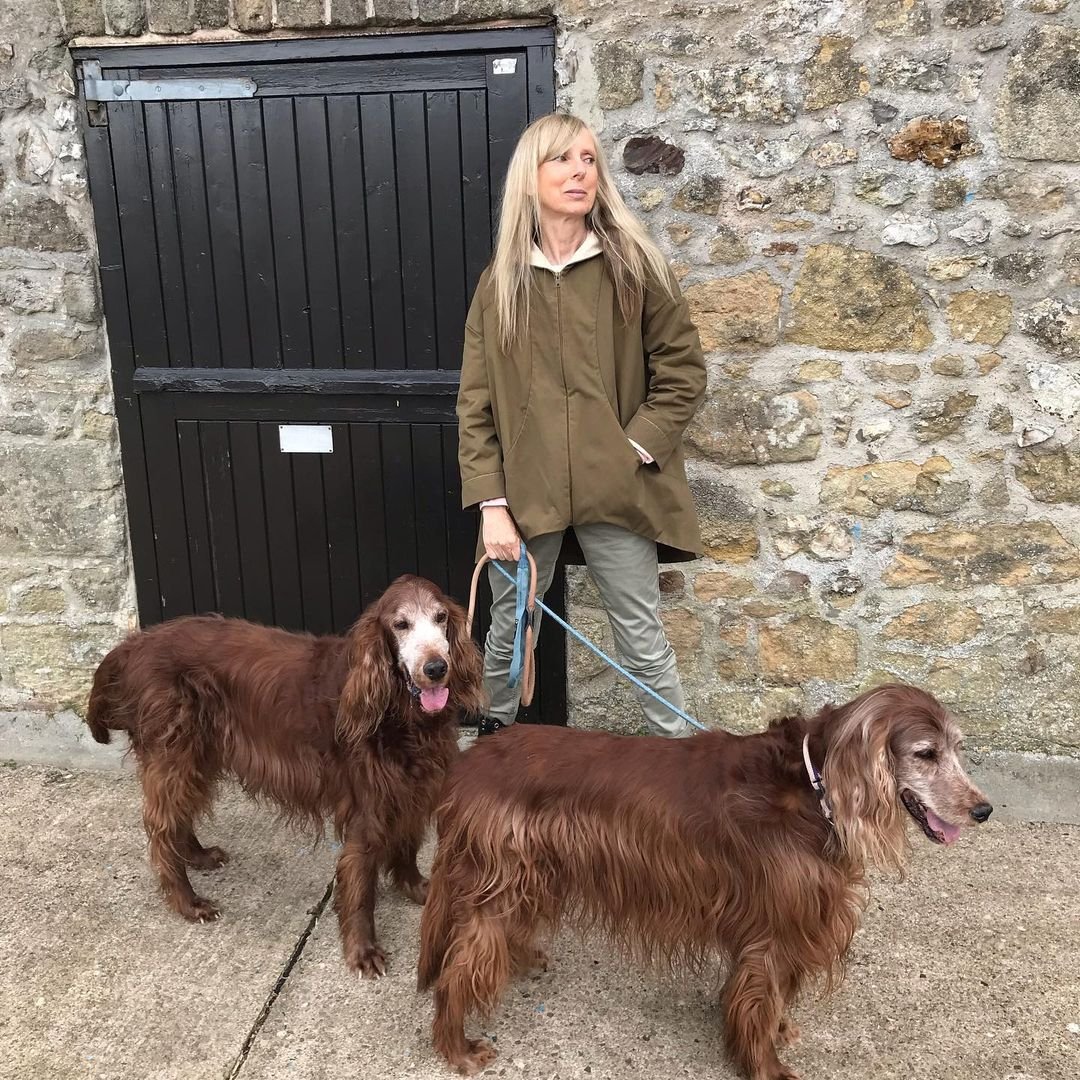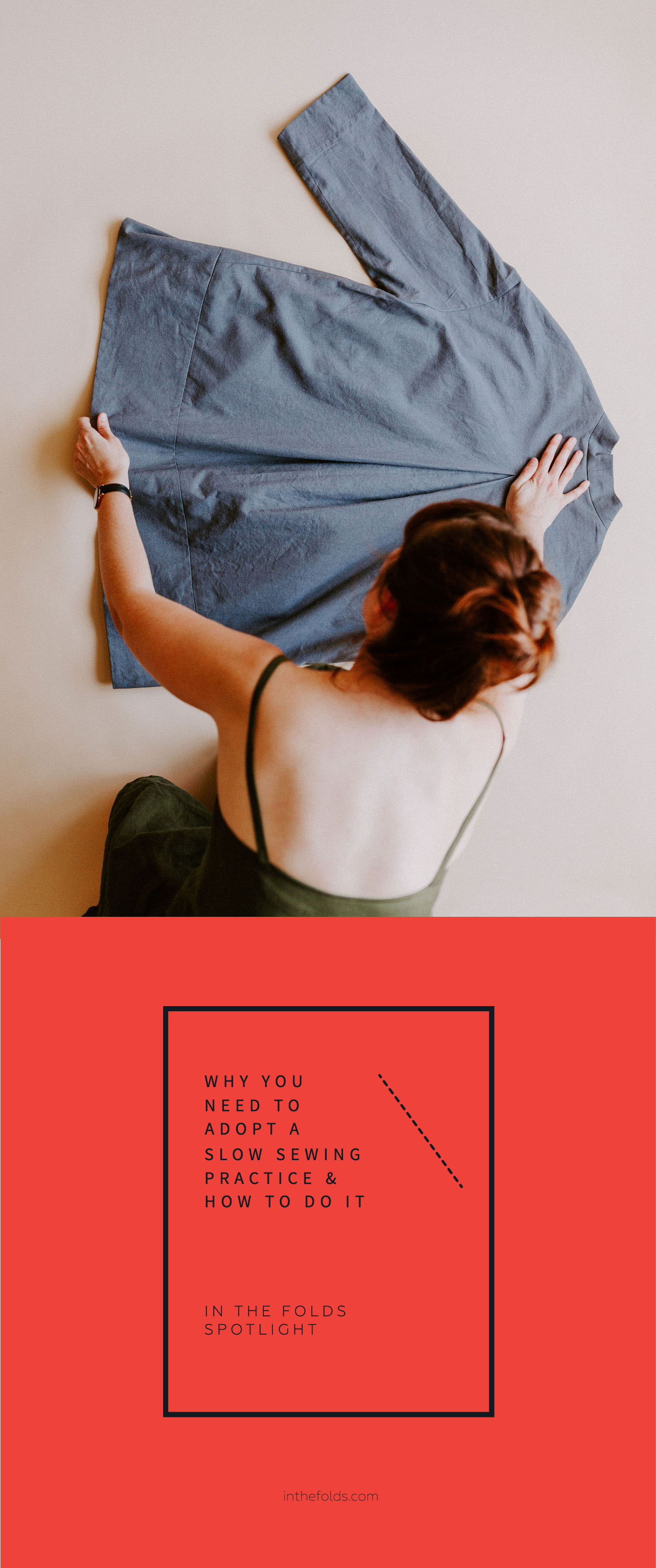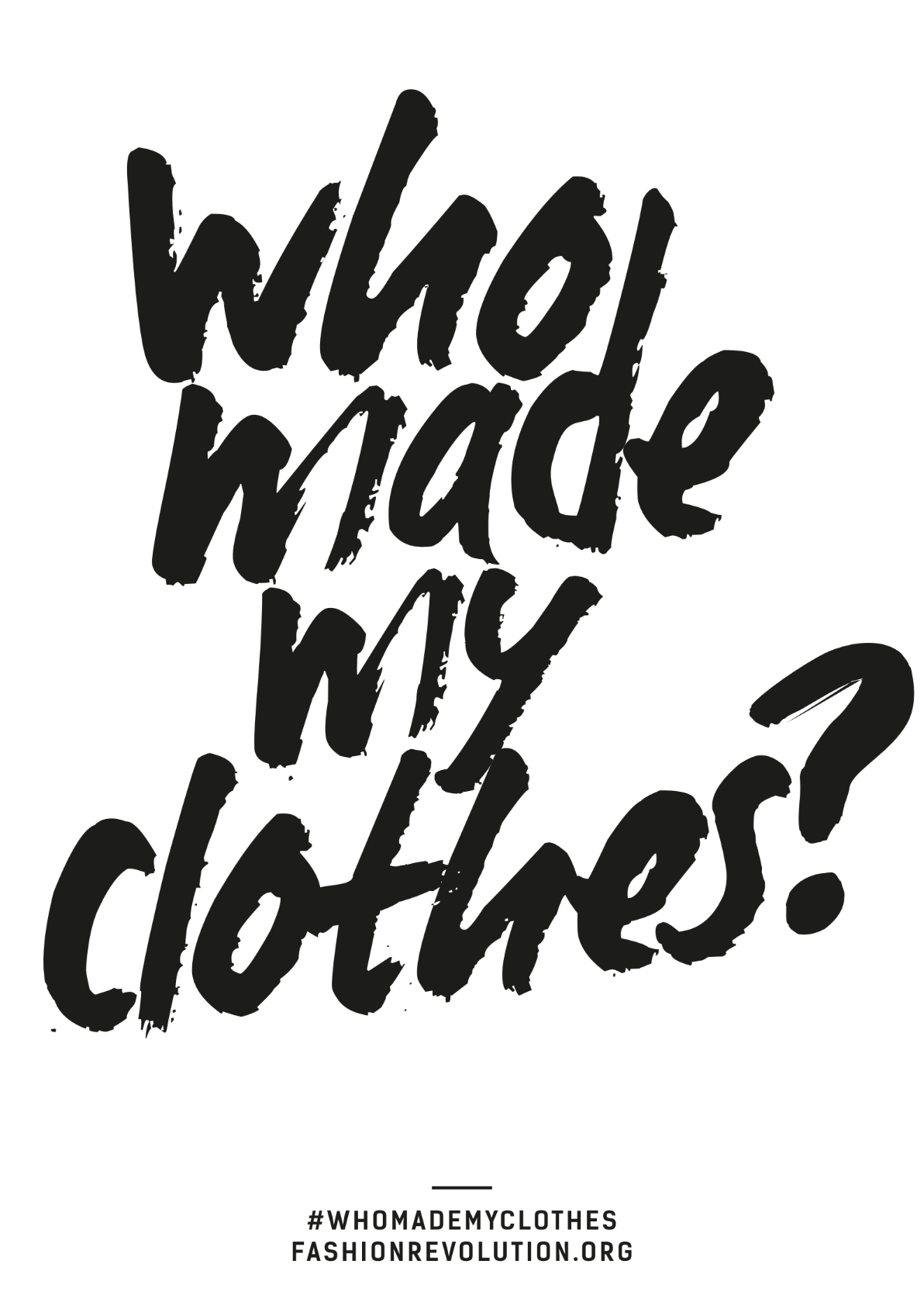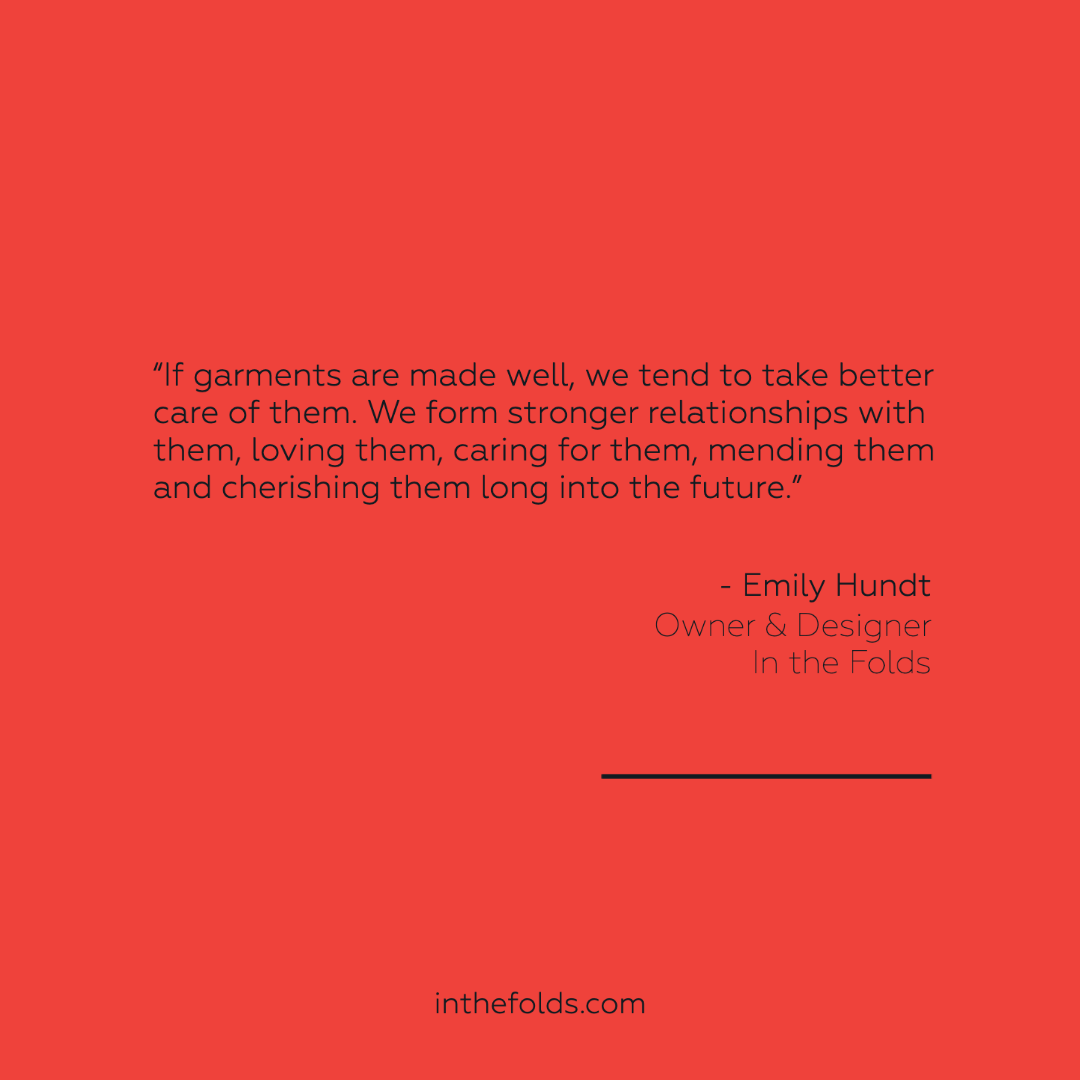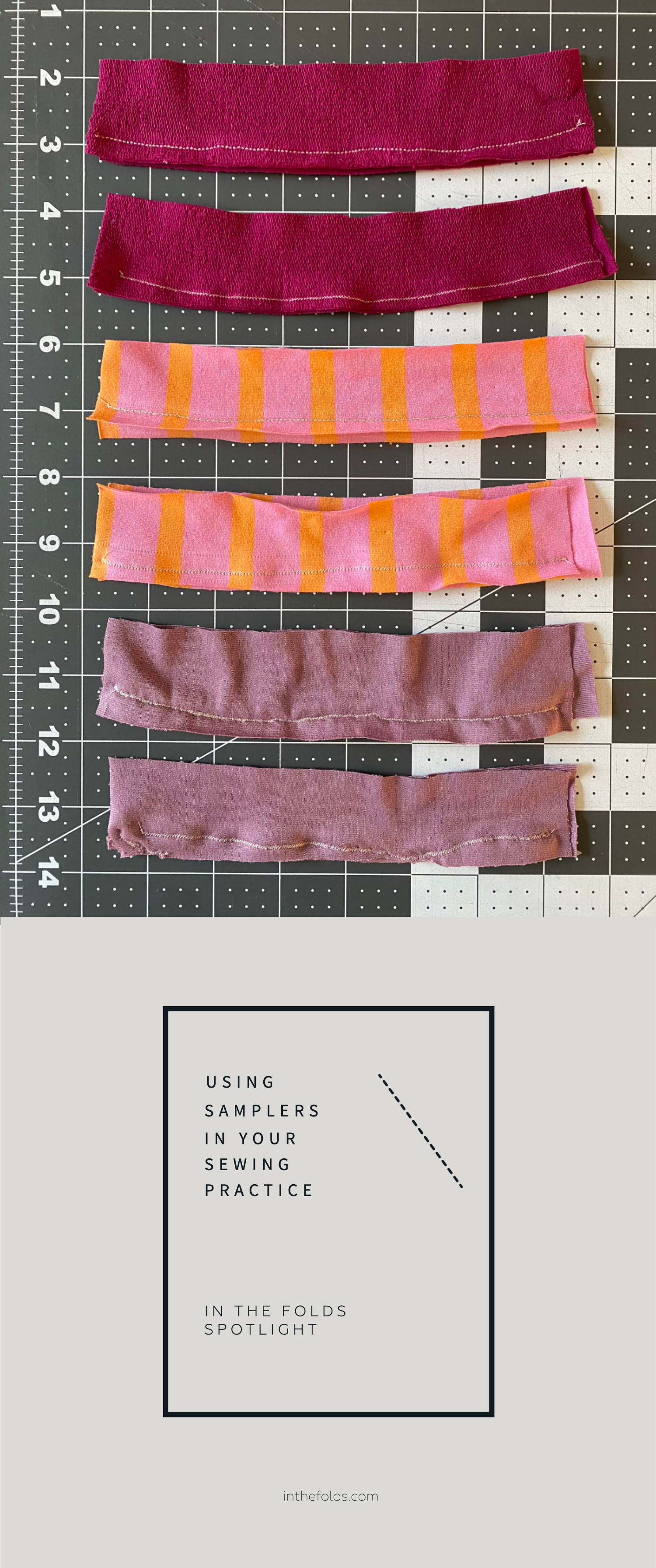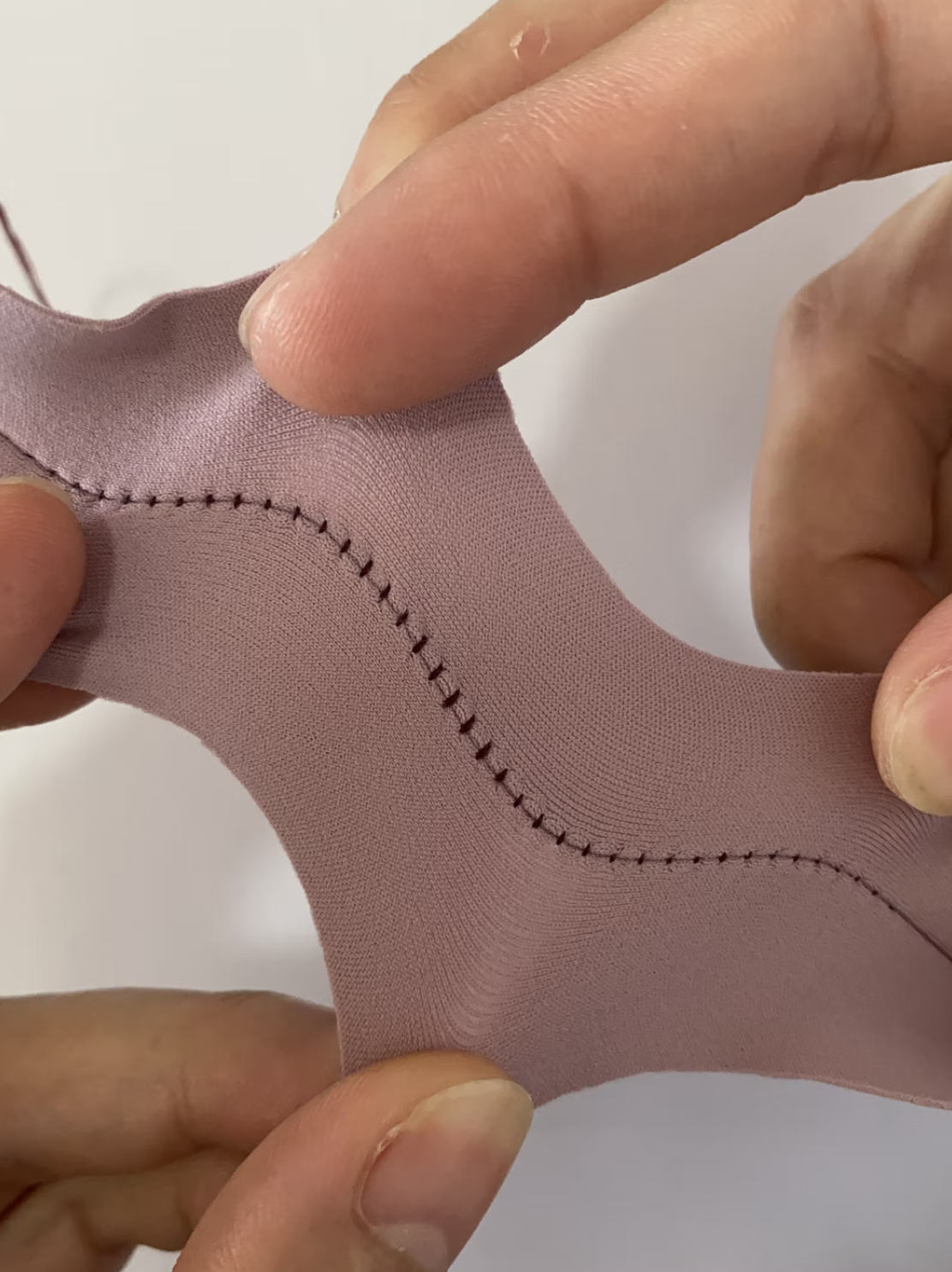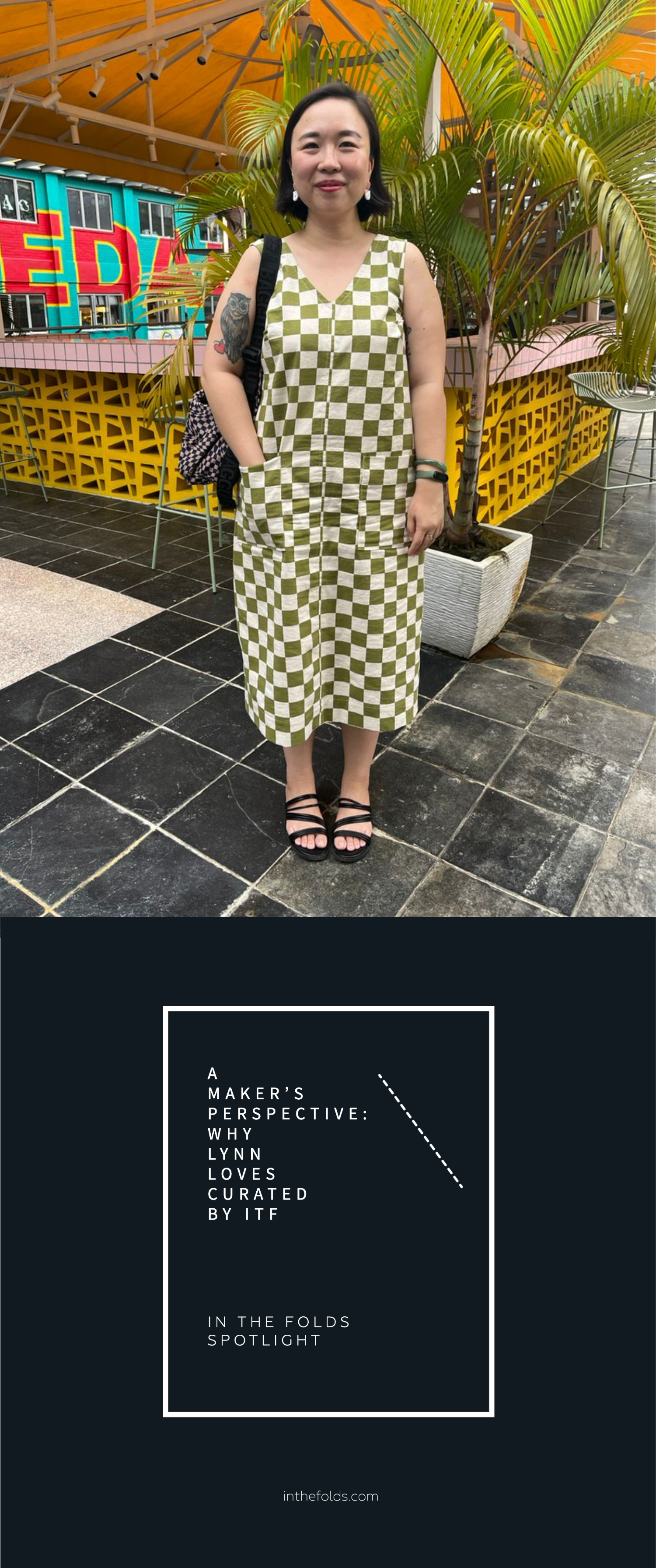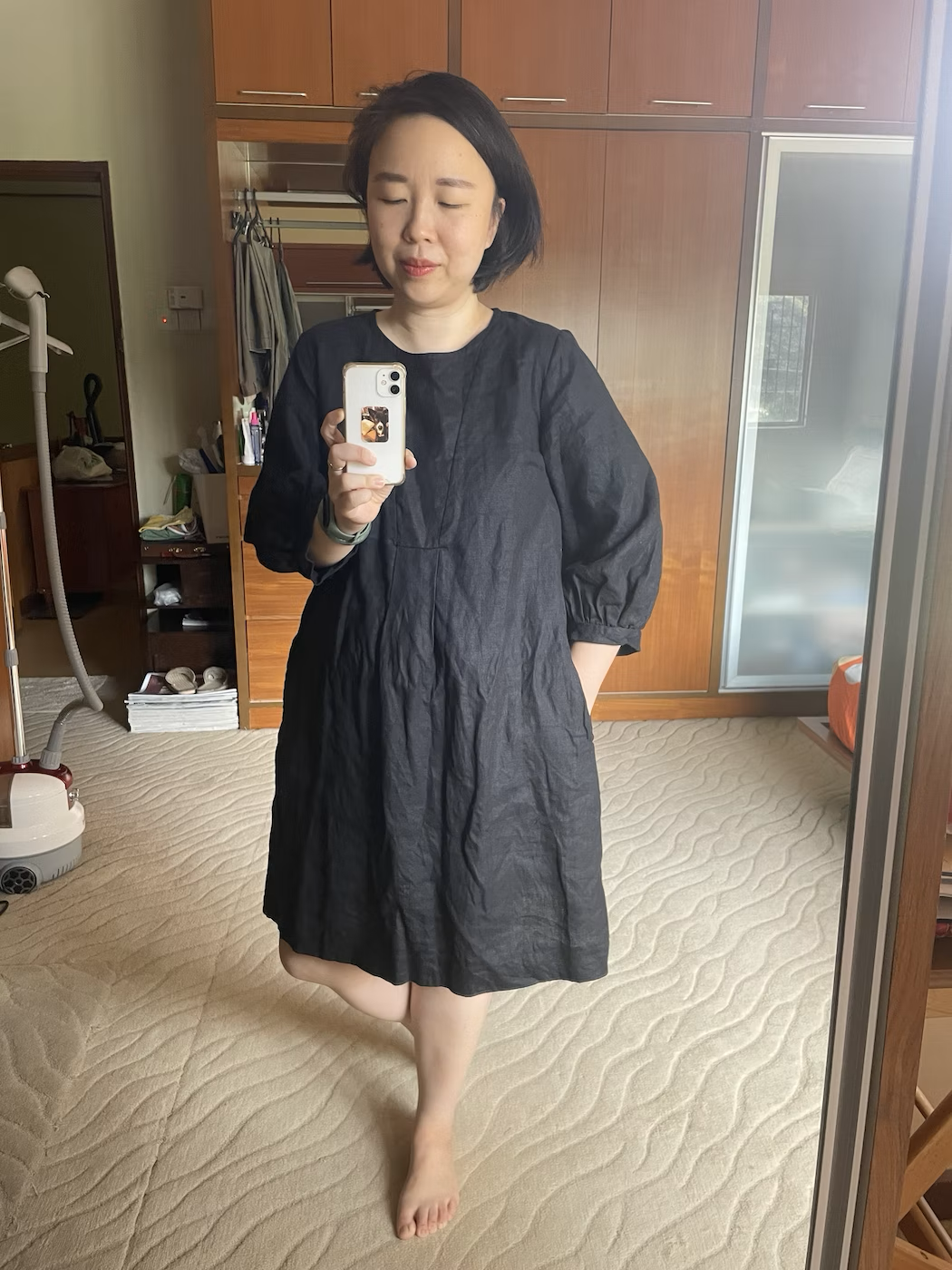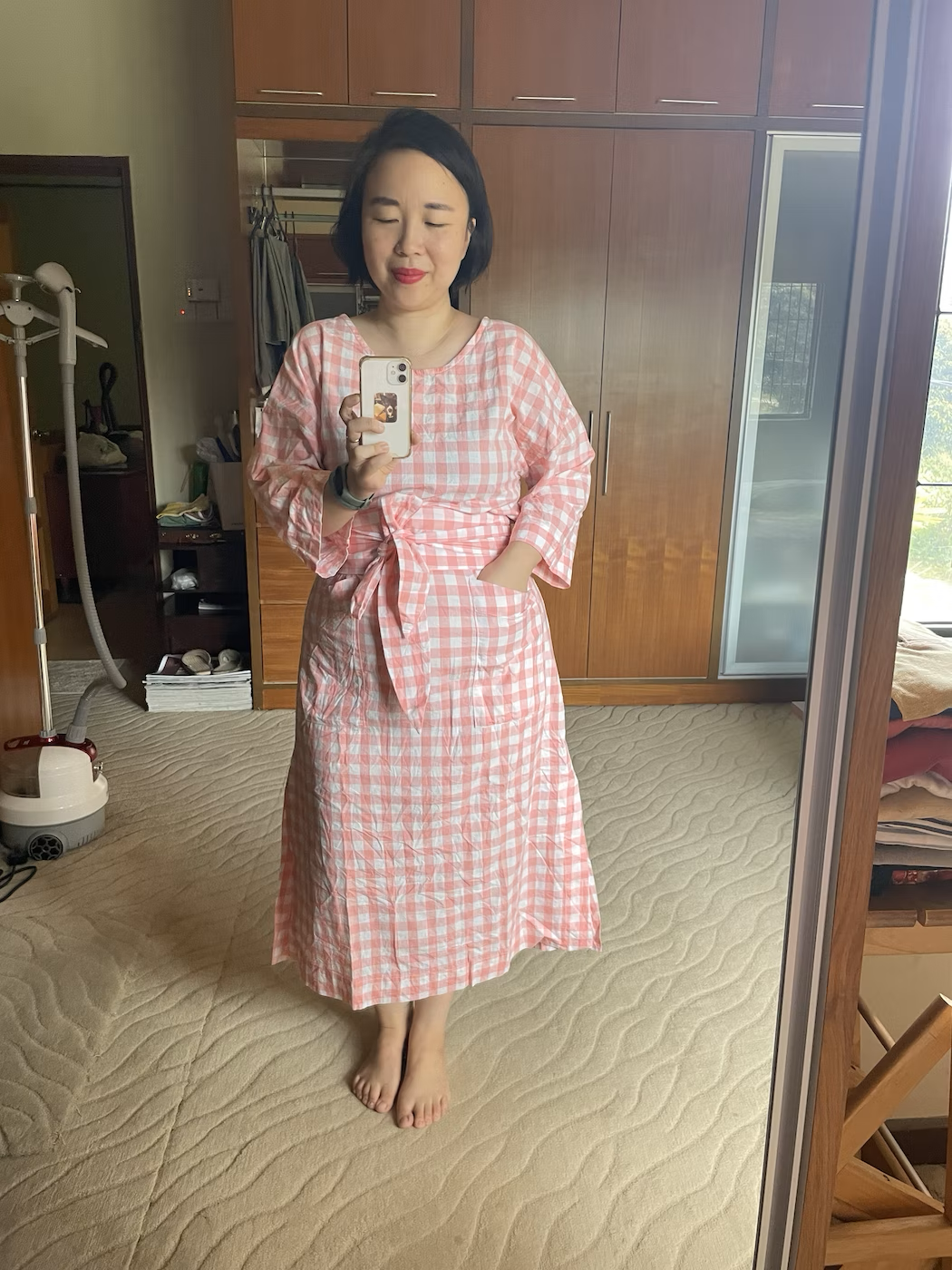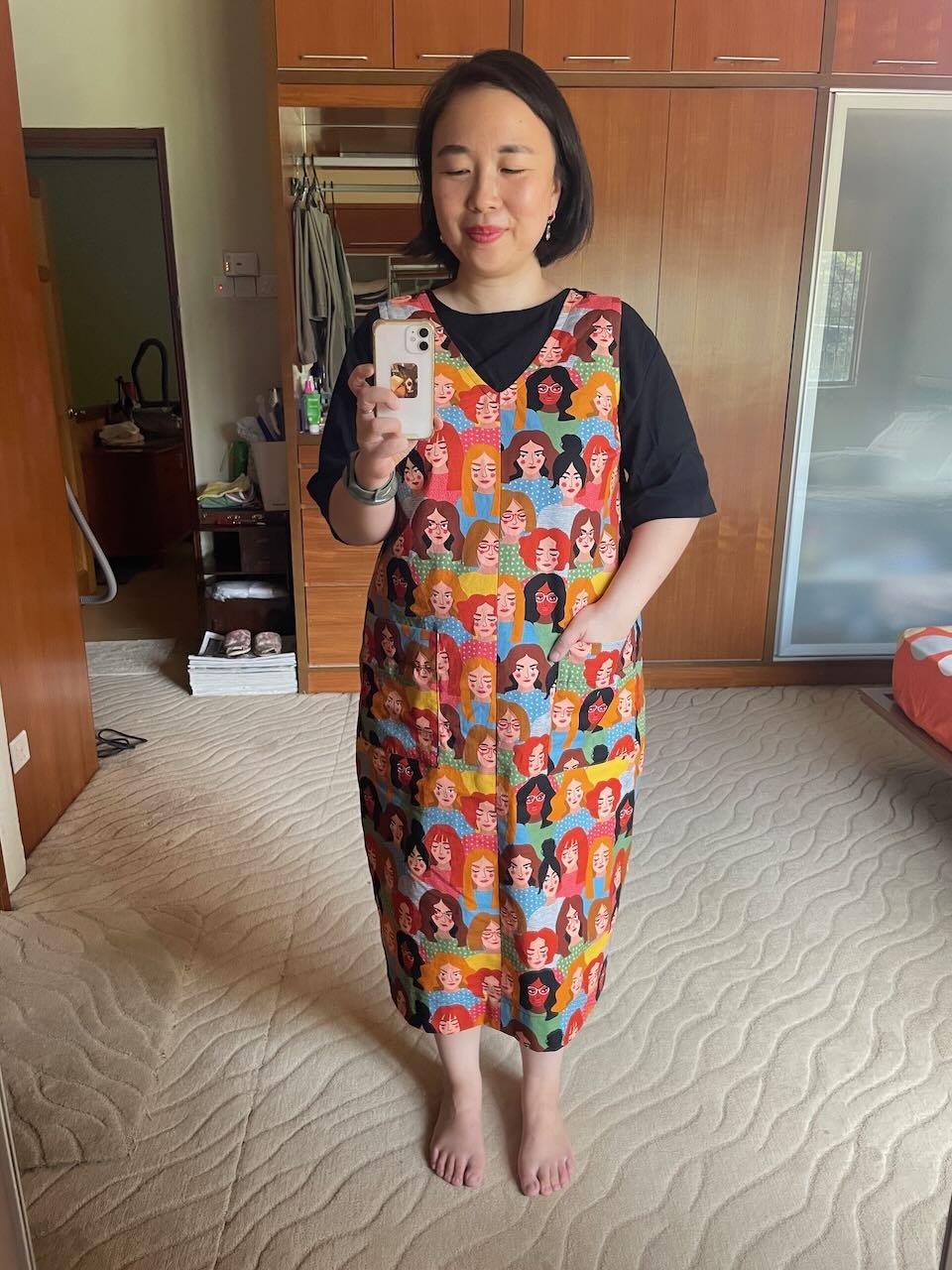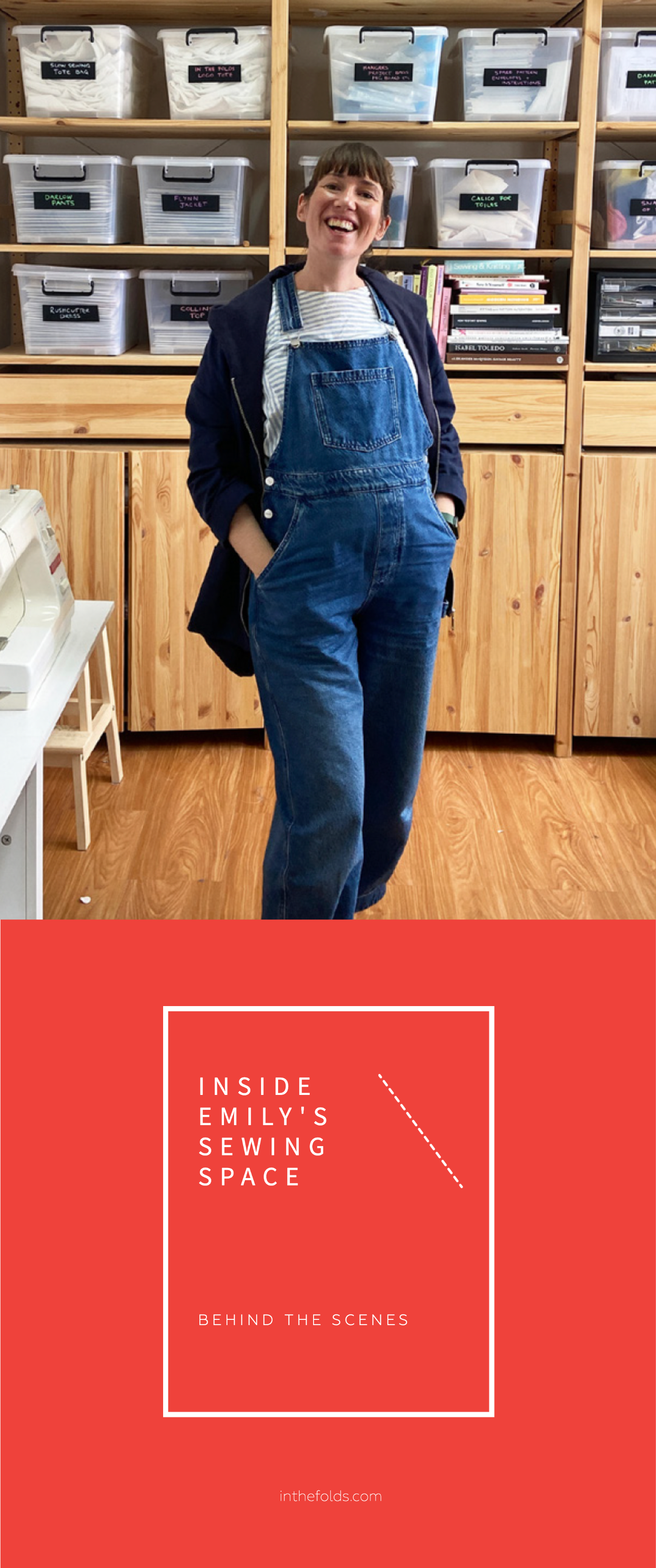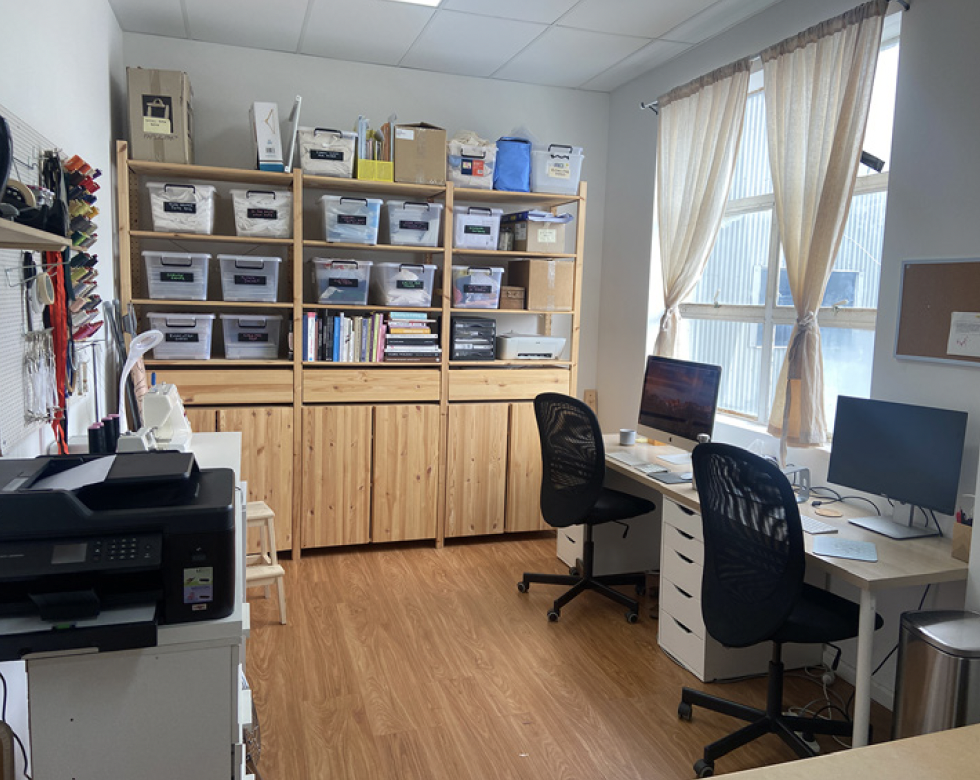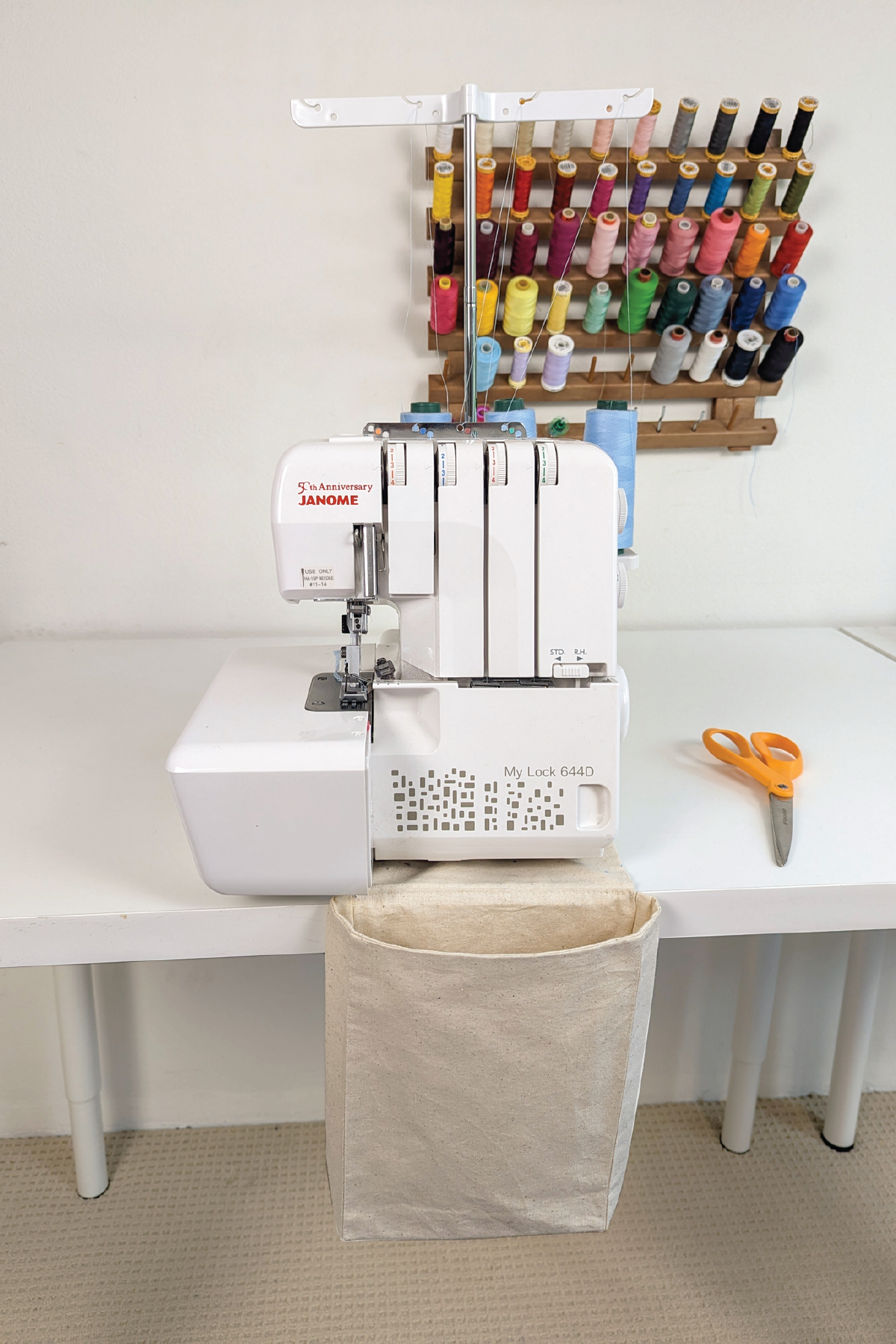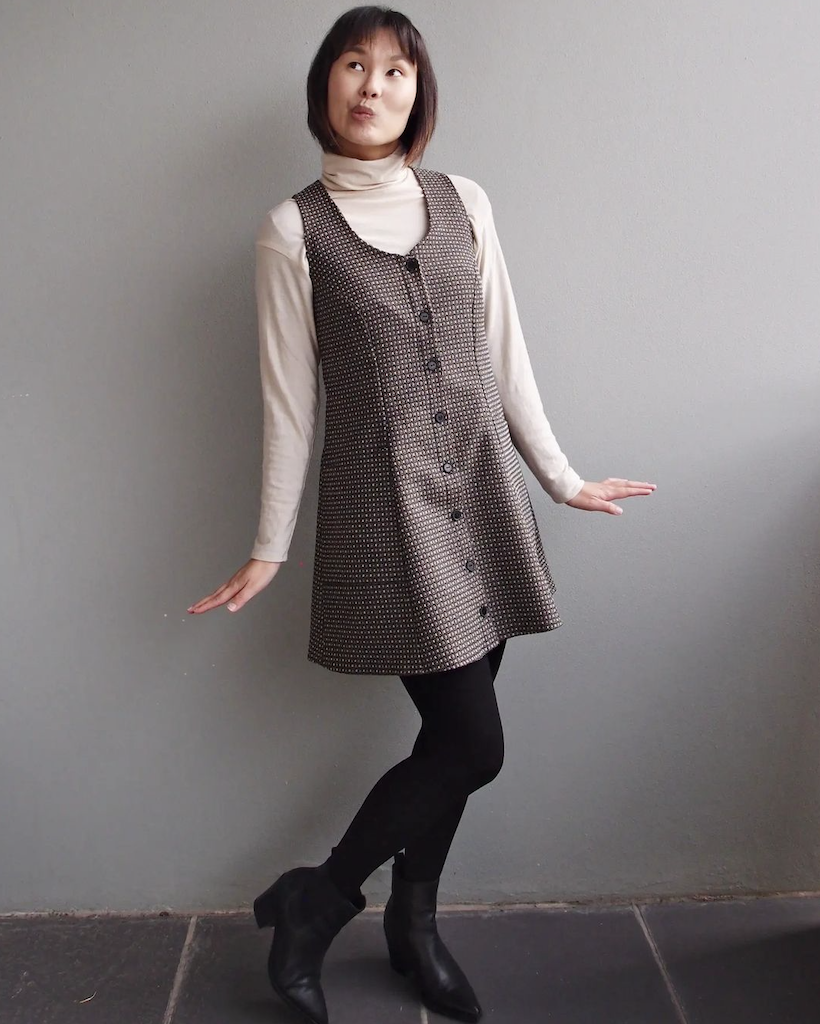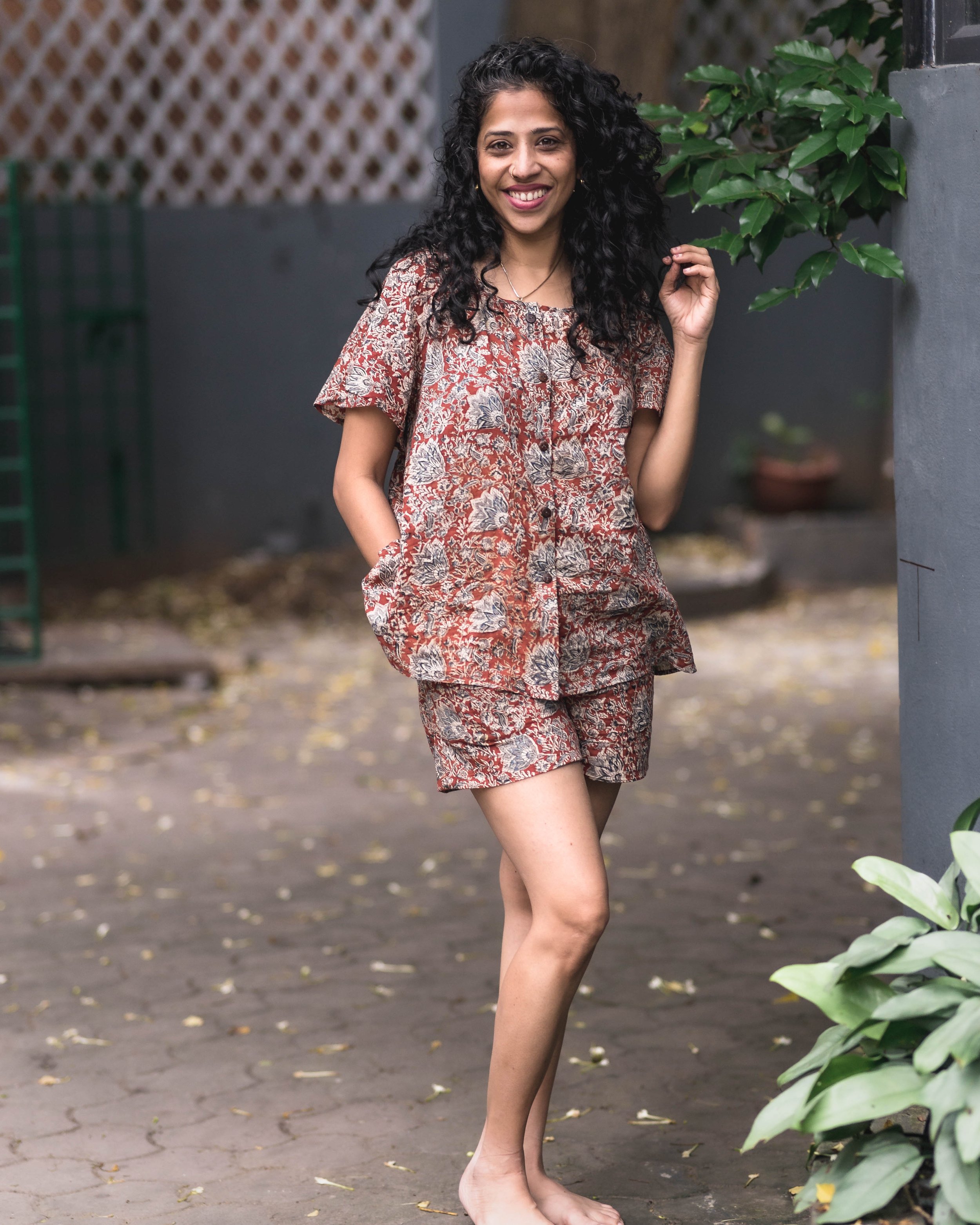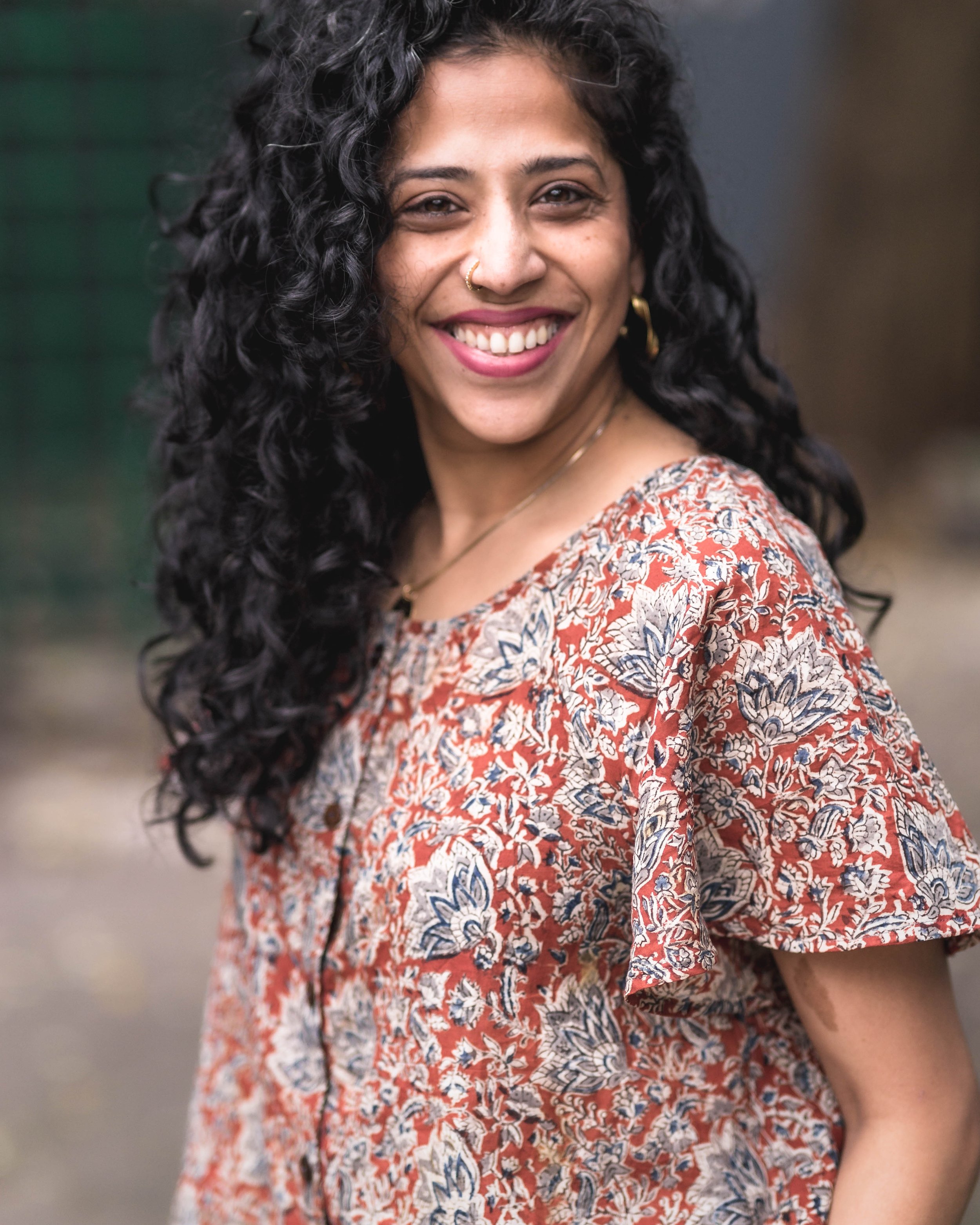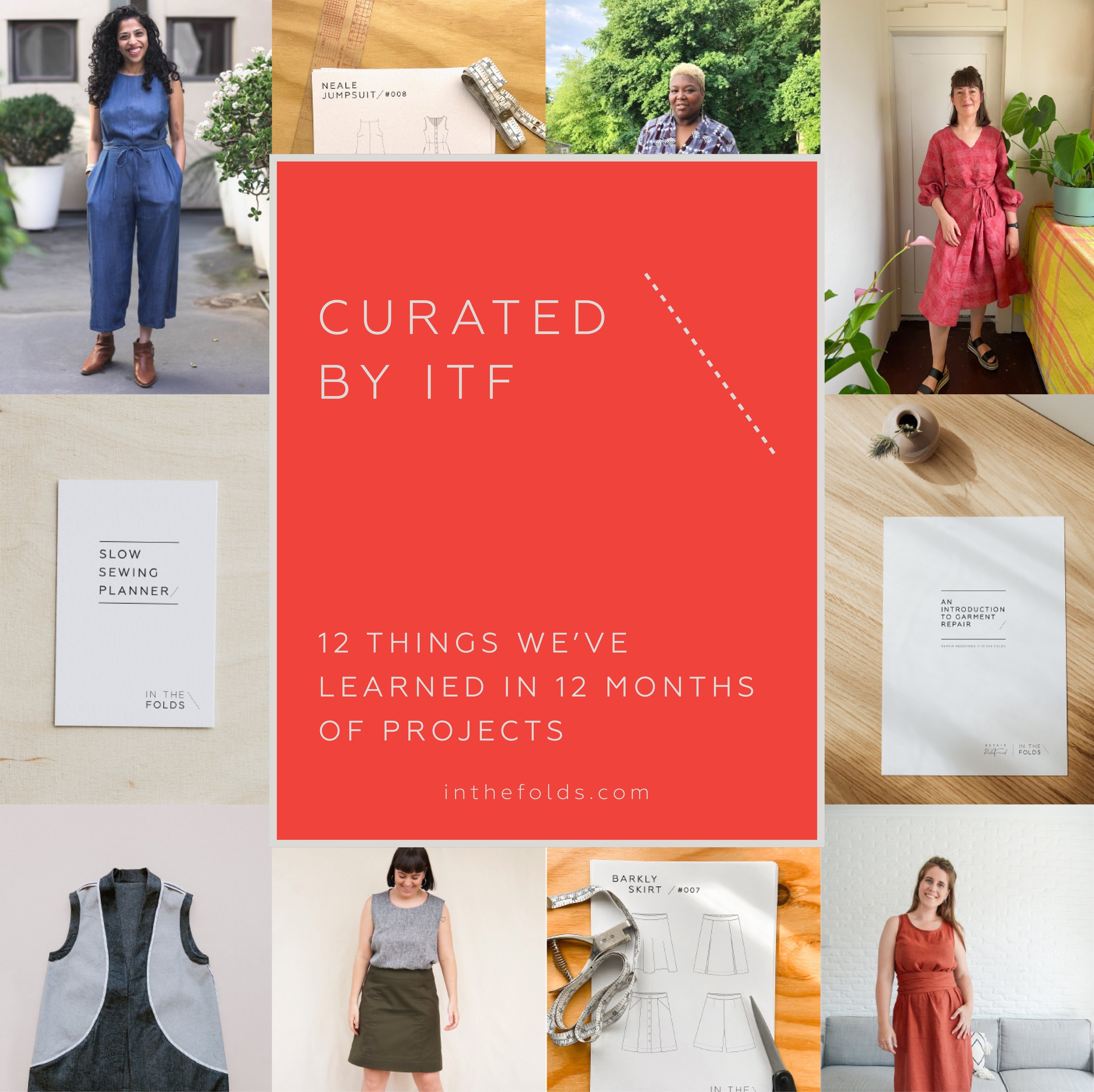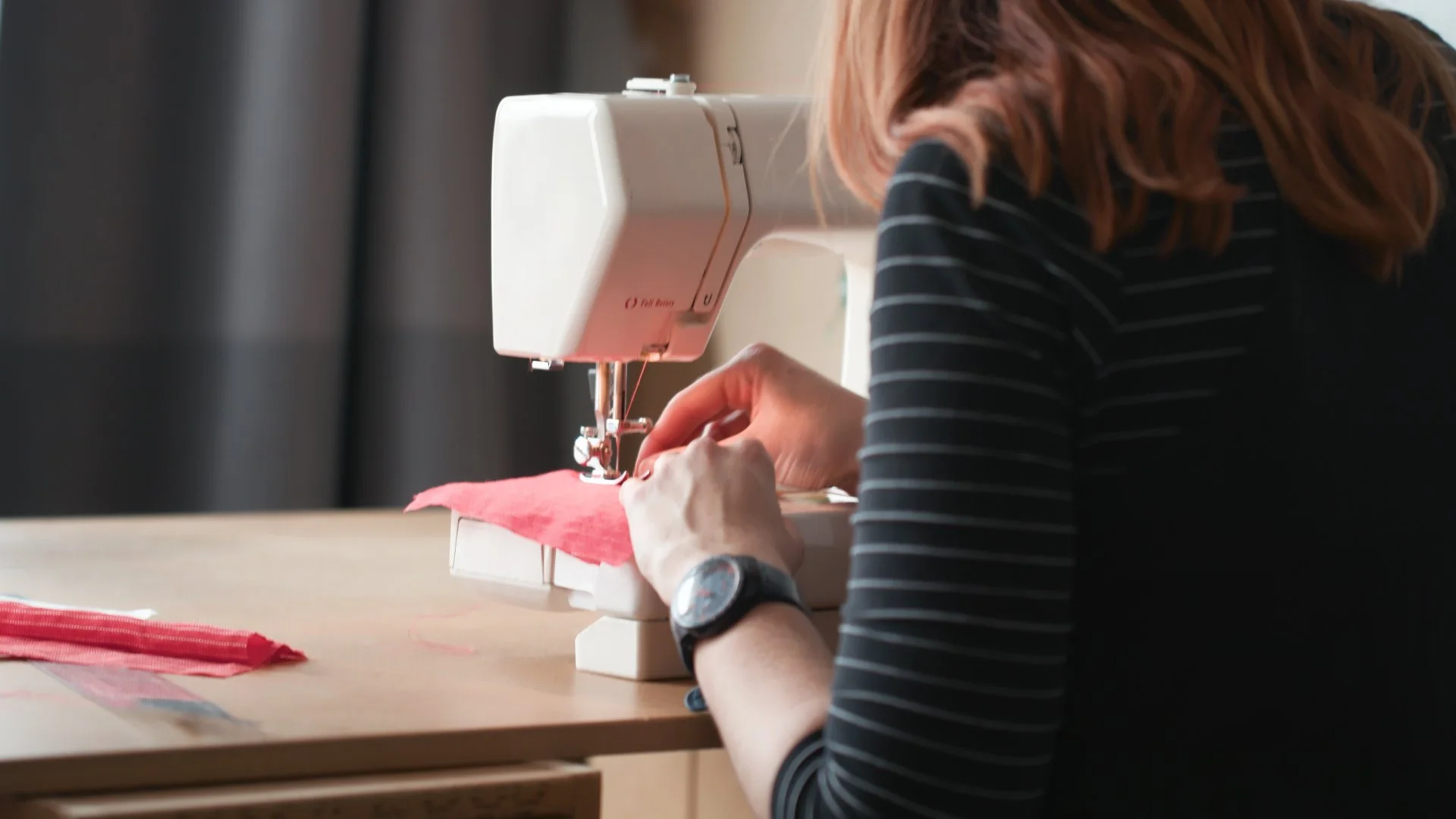2024 has been a huuuuuuge year on many fronts. Sometimes, it’s easy to forget everything we’ve learned and achieved, because all we can see is the tree right in front of us!
So we thought it was important to take the time to appreciate the forest.
What does the forest look like for the ITF team?
This year we achieved the release of 11 (eleven!) new projects in our Curated by ITF subscription and this month we hit the big 4-0. That’s forty Curated by ITF projects! (Check out our past issues catalogue here.) That’s a pretty major milestone for a tiny little team like ours, and we’re super proud of it.
What does the forest look like for you if you’re a Curated subscriber or ITF pattern customer? Scroll down to read exactly what you achieved with the projects you completed.
And, we’d love you to tell us what the forest looks like for you and your sewing journey this year. Tell us all about everything you’ve achieved!
January - Colour Analysis Skills Kit
What we learnt: Why colours can make you feel confident and put together, or uncomfortable and self-conscious. We gained insight into the colours we love to wear, and the colours we feel great in, plus we created colour palettes we can take with us when shopping for fabric or garments. Major confidence booster!
“The personal colour analysis was very helpful and has helped me target my fabric purchases (and save $). ”
February - Elwood dress
Sometimes you can just ‘feel it in your waters’ when a pattern is going to be popular. And our waters were right on the mark with the Elwood dress pattern!
What we learnt: Sewing French seams, bias binding, V-necks, piecing panels together accurately, sewing a raglan lantern sleeve and in-seam pockets with French seam finish.
March - Coat sewing Skills Kit + Ormond apron
What we learnt: How to sew flat felled seams on curved and straight seams, bias binding, welt pockets with French seams, vent openings, hand-stitching, block fusing and piece fusing, grading, clipping, understitching, sewing a facing.
April - Ormond coat
What we learnt: Curved seams, pockets, seam finishes with bias binding, flat-felled seams, interfacing, top-stitching, and the benefit of practicing skills before applying them to the ‘real thing’.
“Ormond jacket!!! Wear it the most and learnt the most. This also includes the apron and incorporated skills which was a really fun month, I loved the low pressure learning while making a very useful item.”
June - Copy your clothes Skills Kit
What we learnt: How to use a French curve, checking & truing patterns, changing the amount of ease in a sleeve cap, adding seam allowance, marking notches, truing darts, adding pattern markings, drafting additional pieces, such as button plackets, slash pockets, straight waistbands, in-seam pockets, patch pockets, sleeve cuffs, neck ribbing etc.
“The copy your clothes and make it your own has been very empowering for many different sewing activities. I feel like my vision/perception has improved as a result of this exercise.”
July - Make it your own Skills Kit
What we learnt: Altering garment fit through grading and darts, dart manipulation, panel lines - horizontal, princess, curved and variations, changing a garment's shape - length, fit, removing sleeves, adjusting armholes, waist height, adding volume, drafting facings.
August - Malvern culottes
What we learnt: How to interpret complex patterns, new pattern markings and symbols, folding pleats, bias bound pants opening, buttons and buttonholes, in-seam pockets, and how different fabrics impact the drape of a garment.
“Malvern is probably the winner for versatility and enjoyable sewing. 🏆”
September - Drafting linings Skills Kit
What we learnt: the purpose of linings, different lining types and how to draft linings for jackets and coats; skirts with waistbands, waist facings, and side splits; and dresses with and without sleeves.
October - Sewing linings Skills Kit
What we learnt: what to consider when sewing linings with unattached hems, buttons, waistbands, zips and facings, lining fabrics and how to achieve a professional finish.
November - Lindon top
What we learnt: French seams, gathers, narrow neck binding, knit fabrics, knit neck bands, and hemming knits.
December - Fairbank hat
What we’re learning: sewing curved seams, working with interfacing, top-stitching and edge-stitching, bagging out and working with unusual fabrics.
WHAT YOU’VE BEEN MAKING…
Marden shirt made by Curated member, Kathy.
Malvern culottes made by Curated member, Tanja.





































